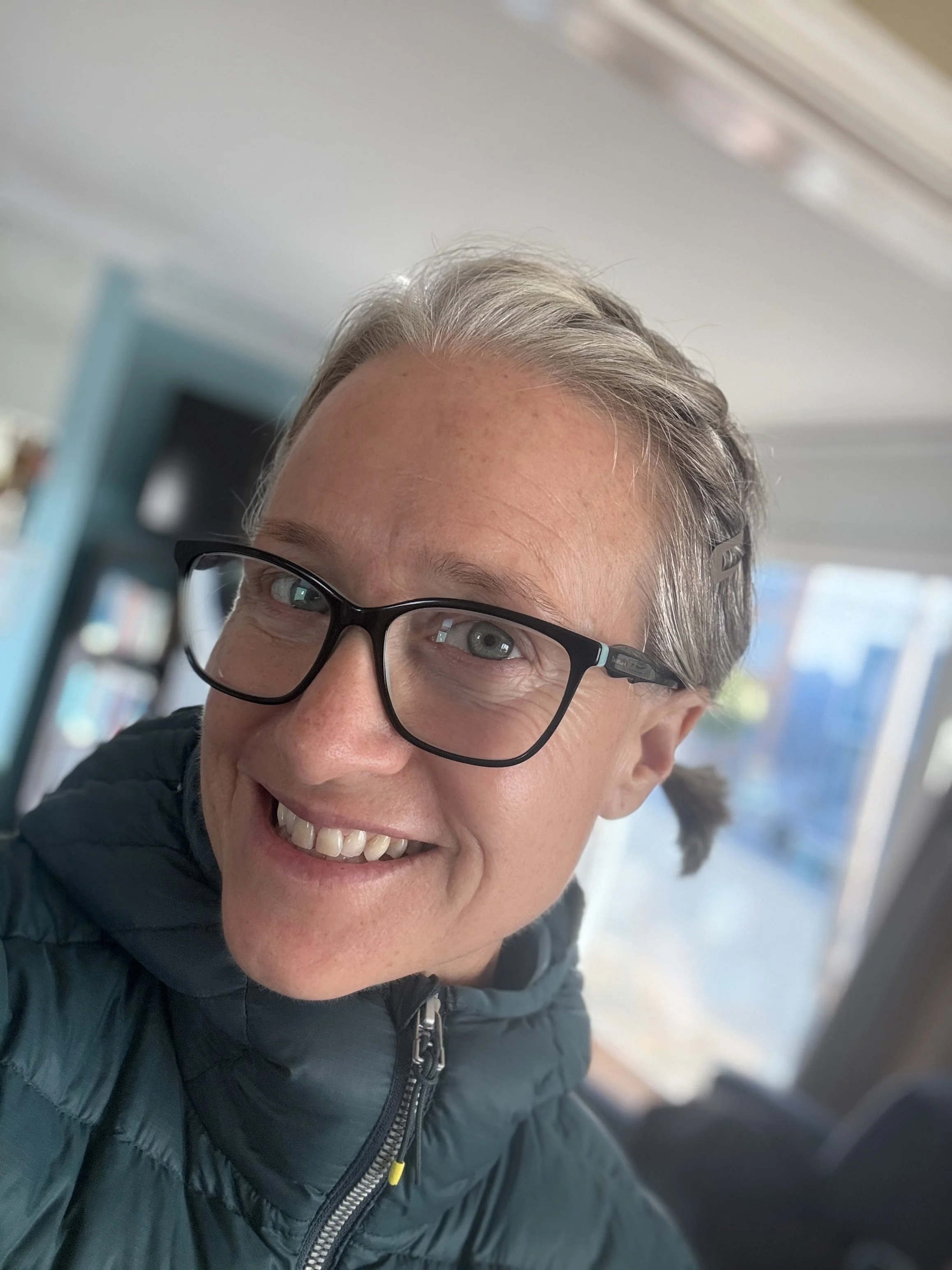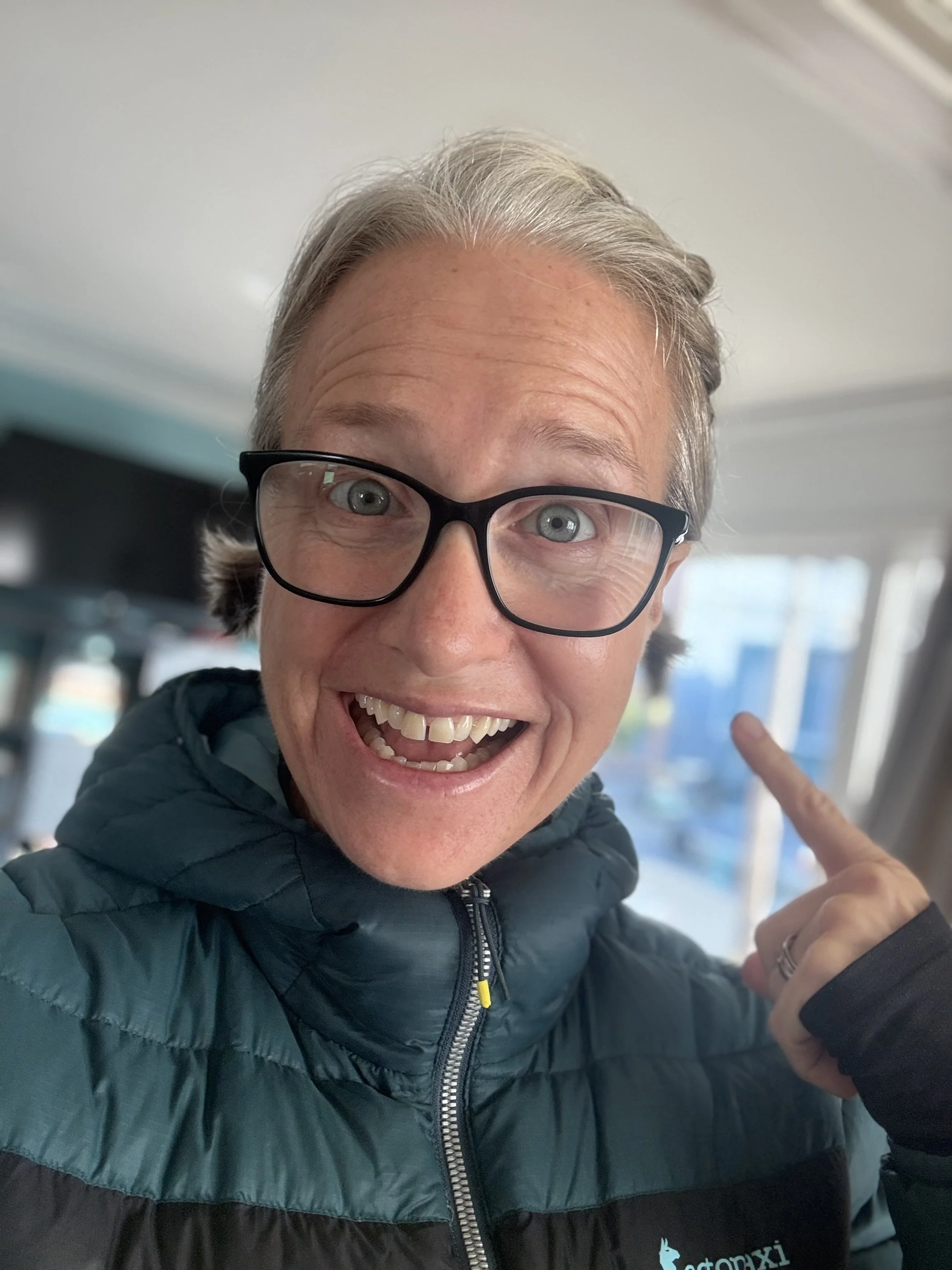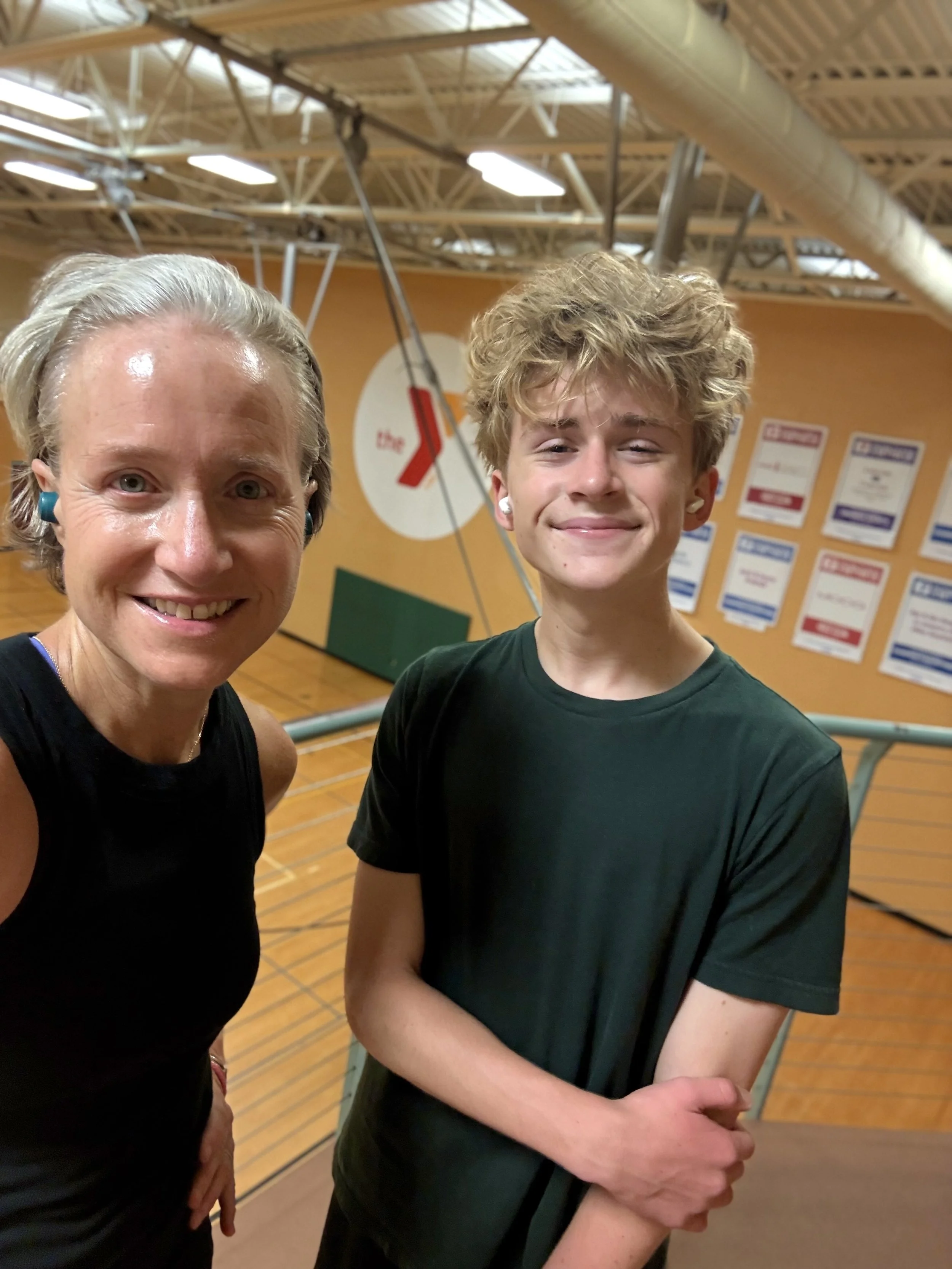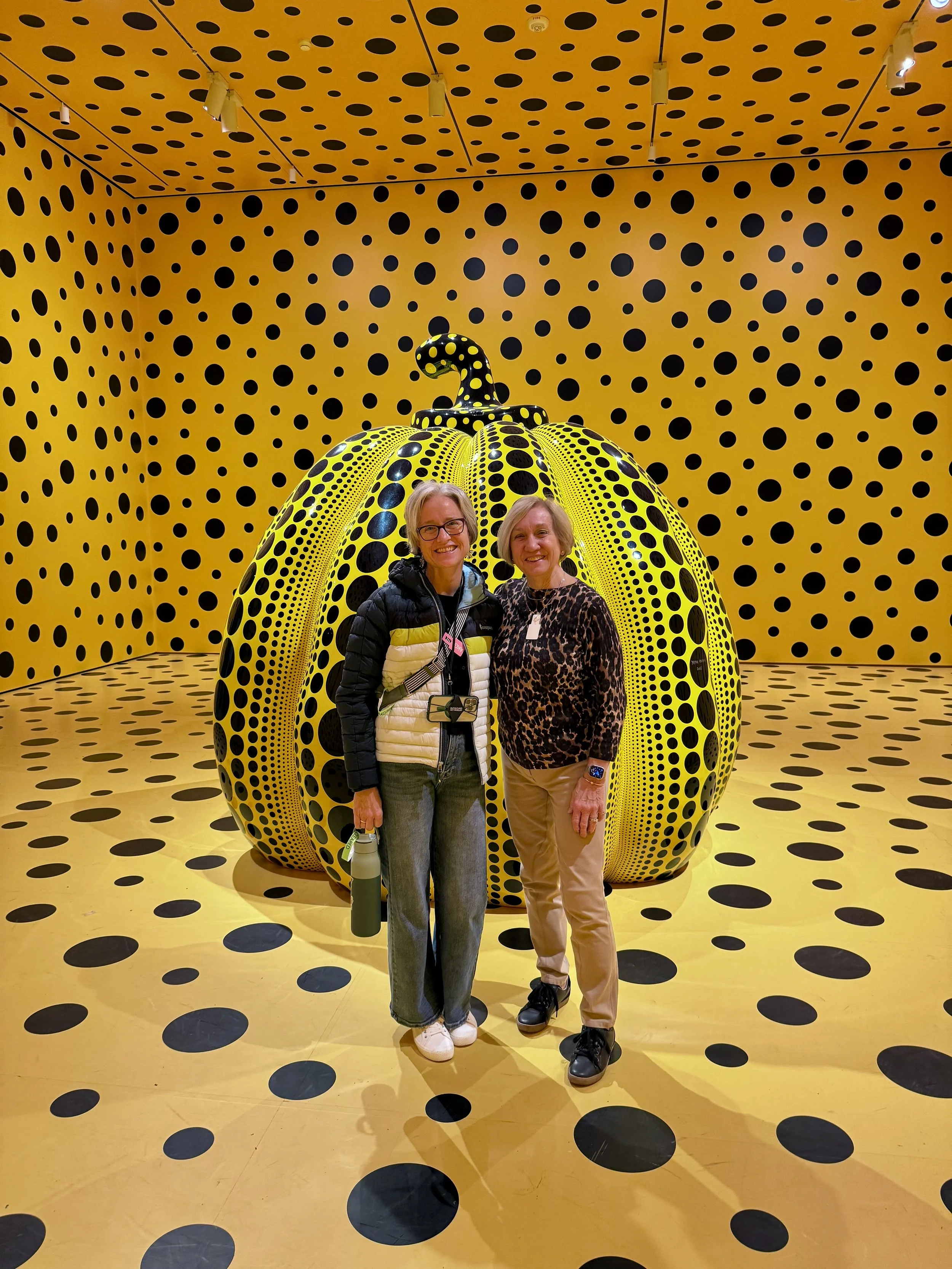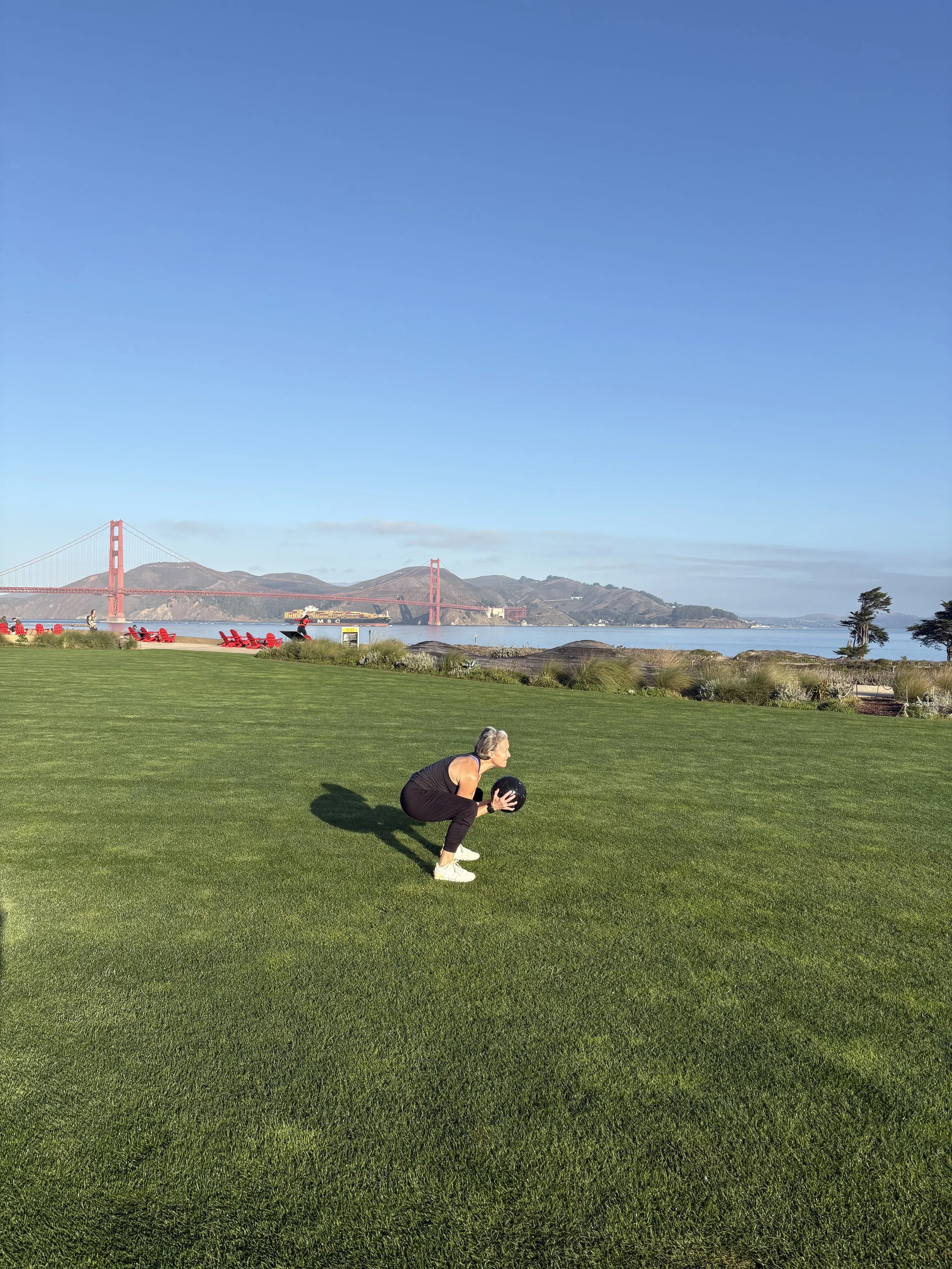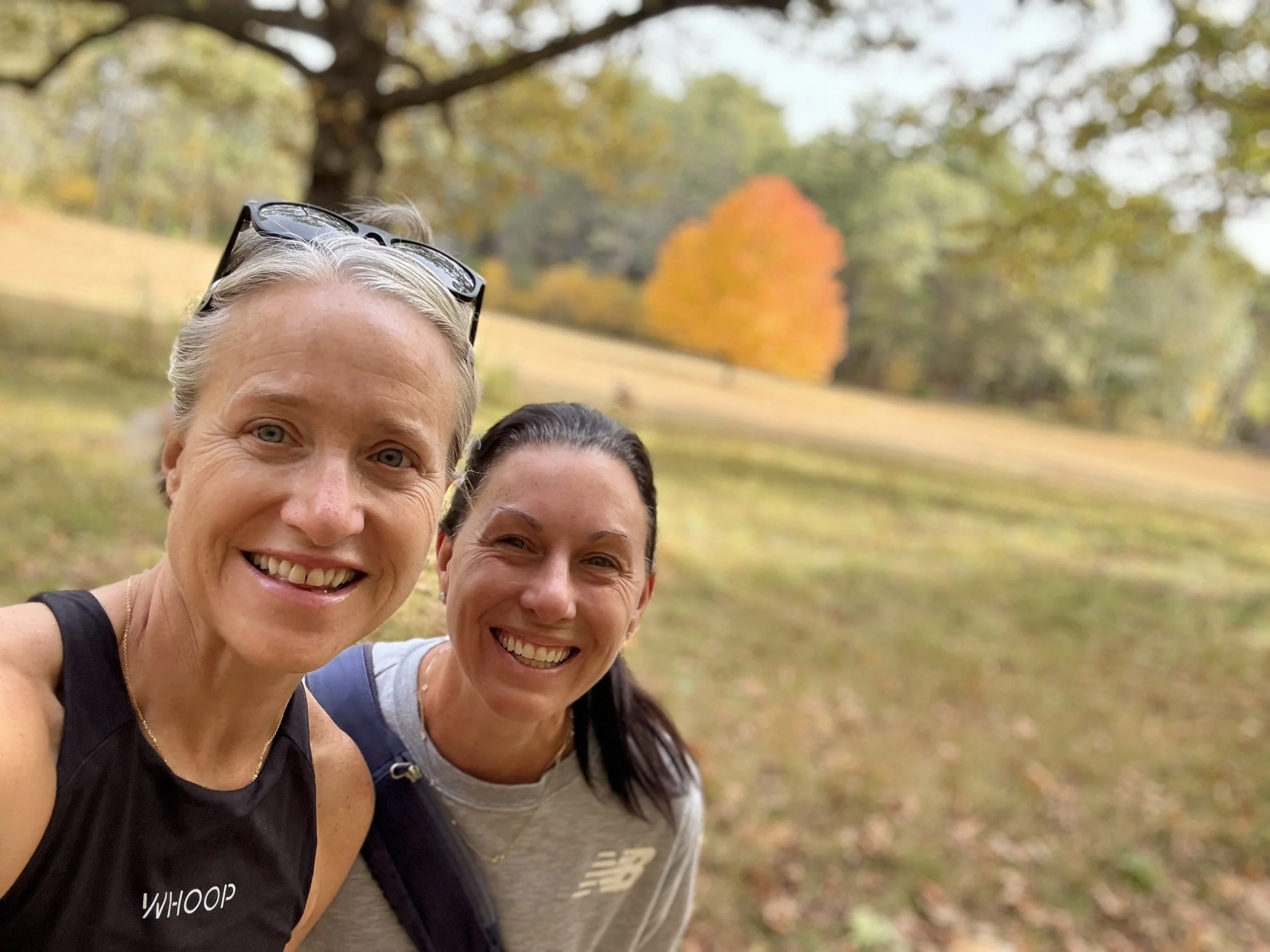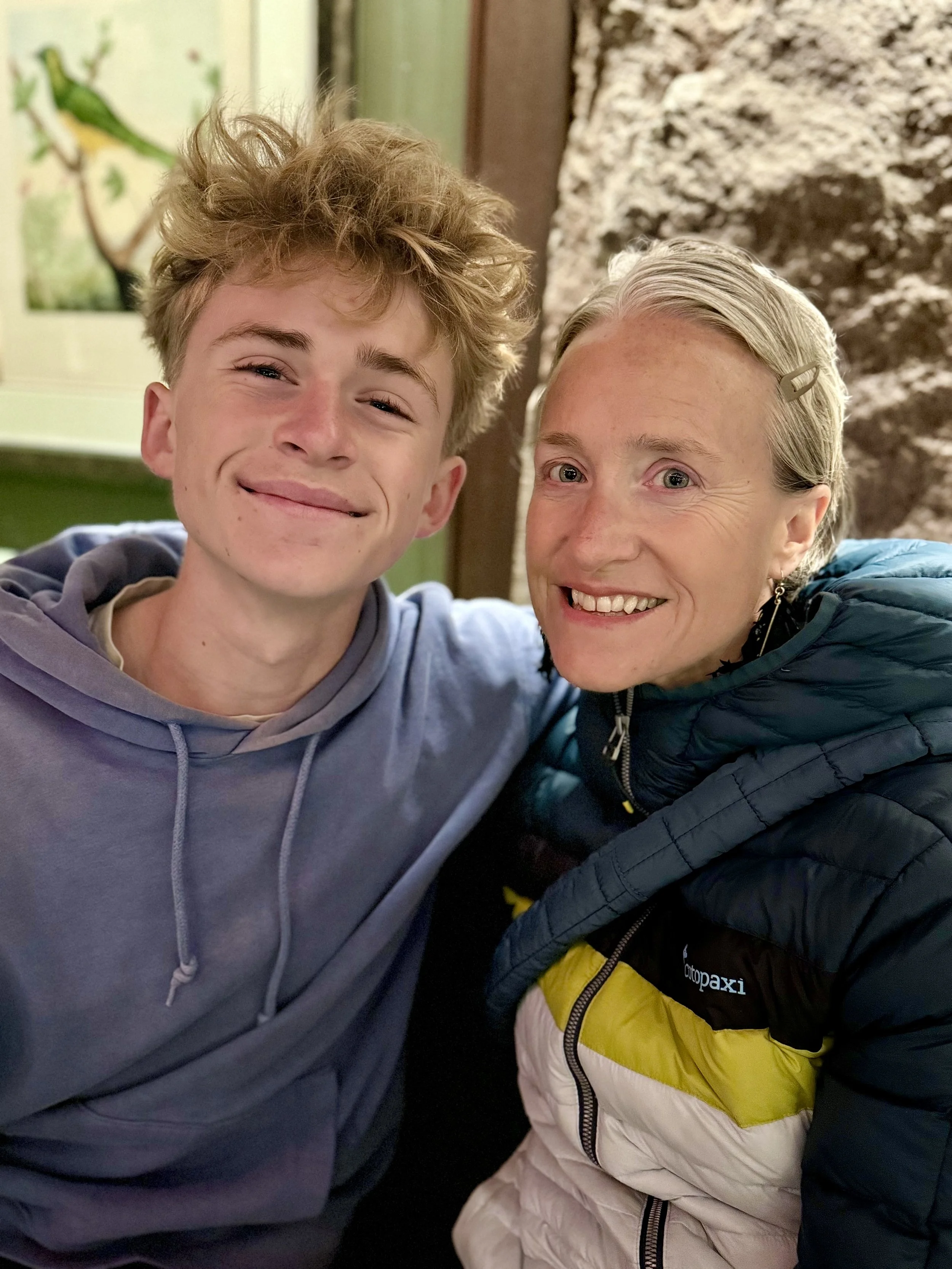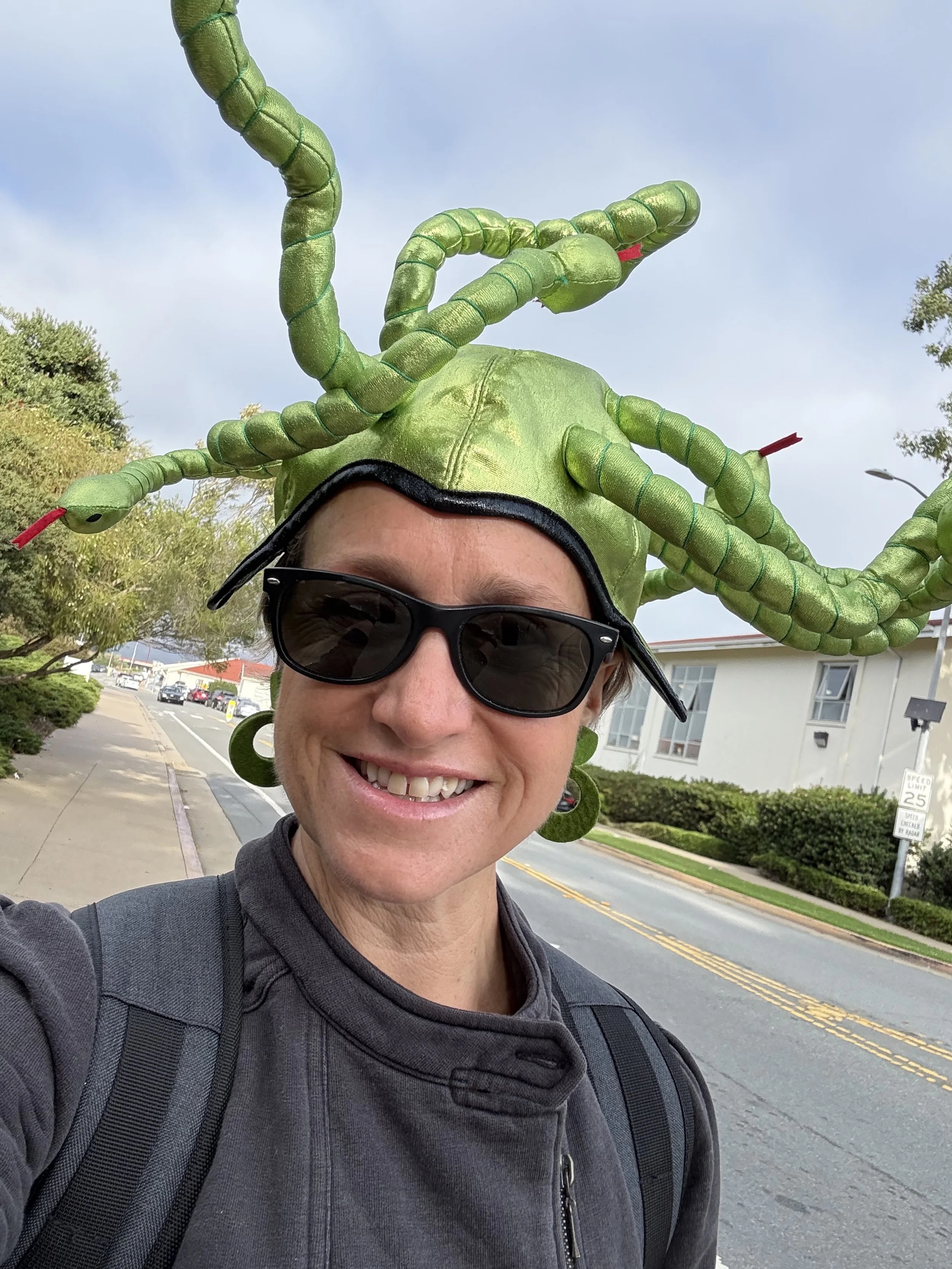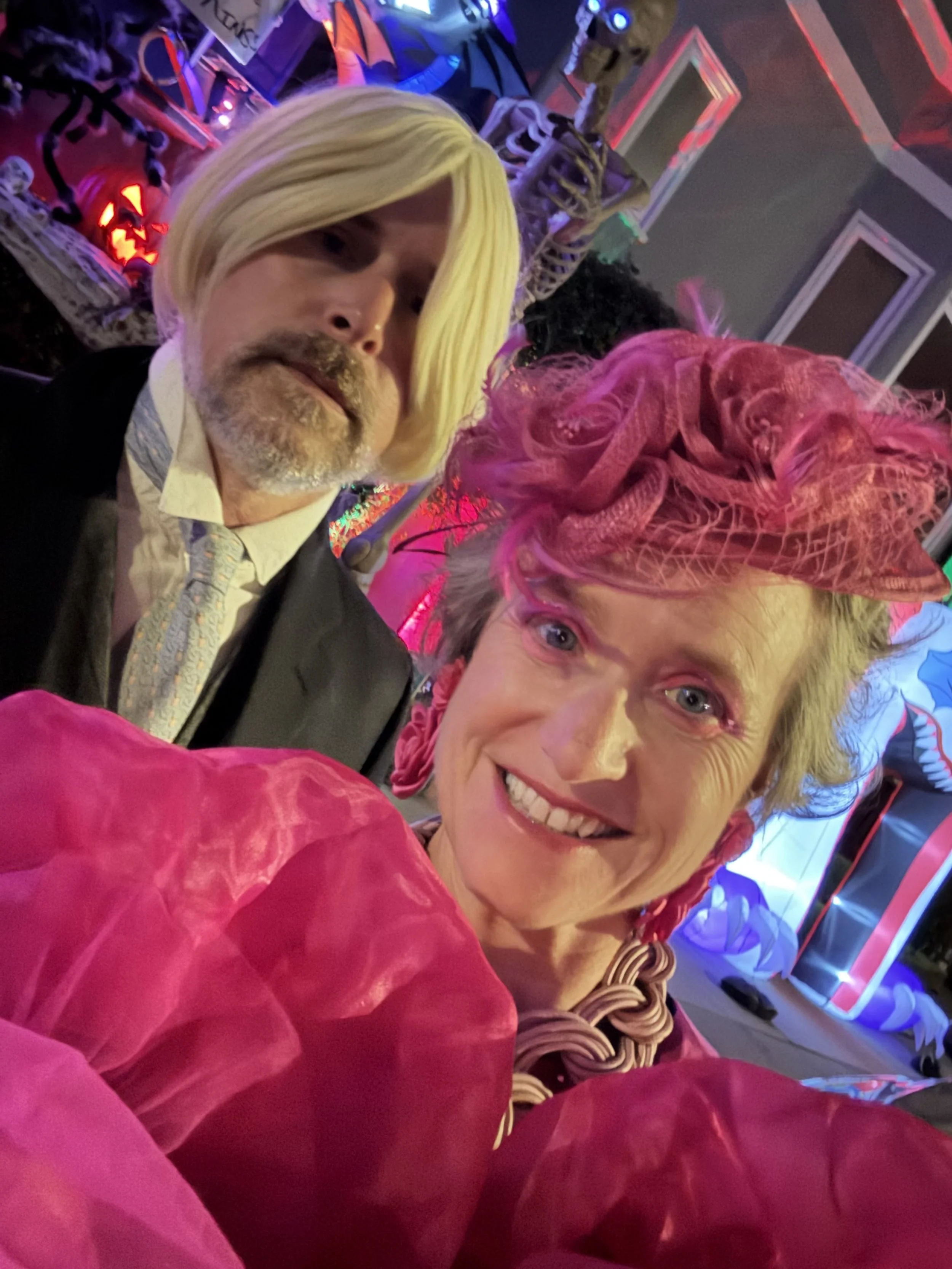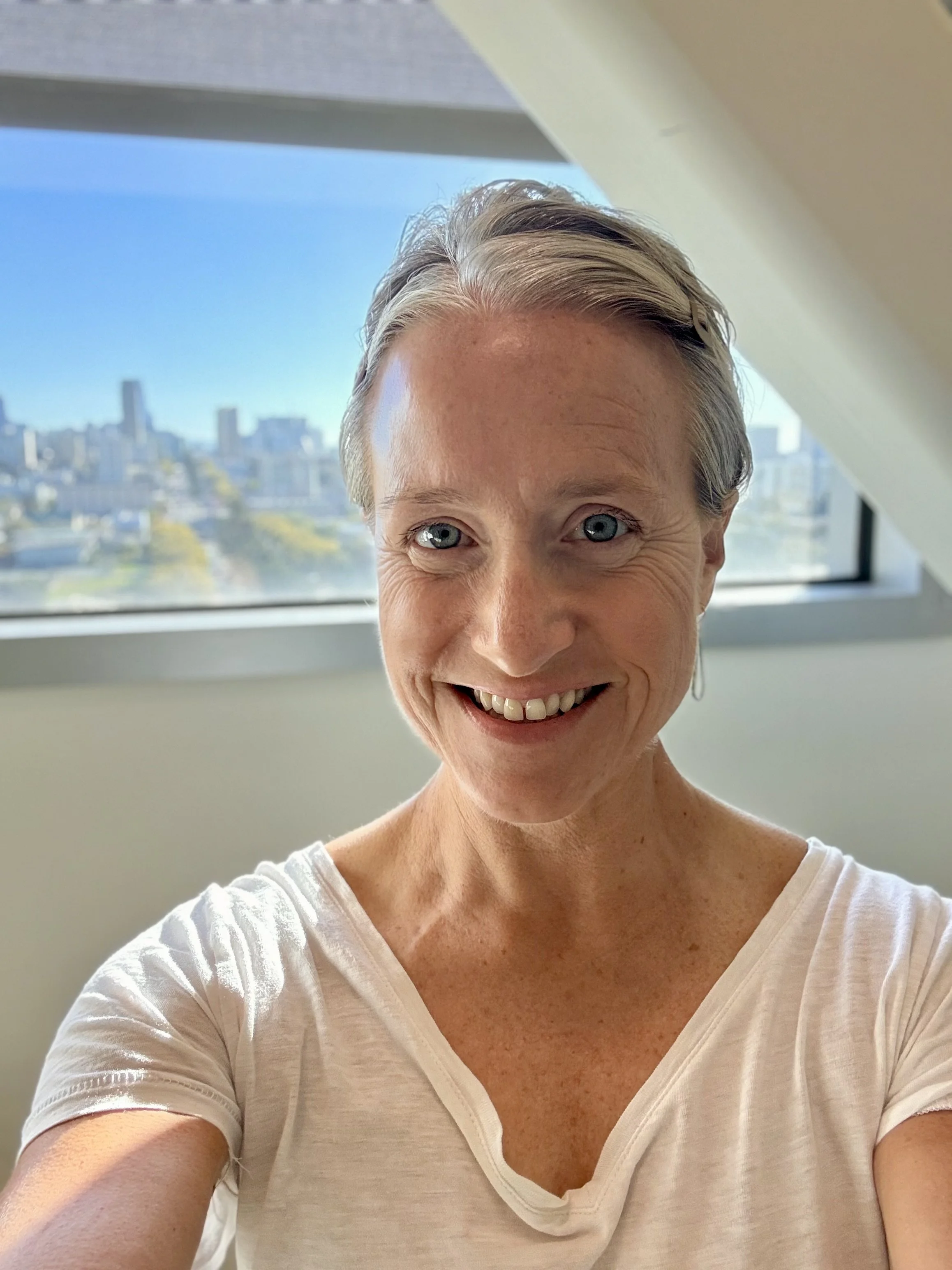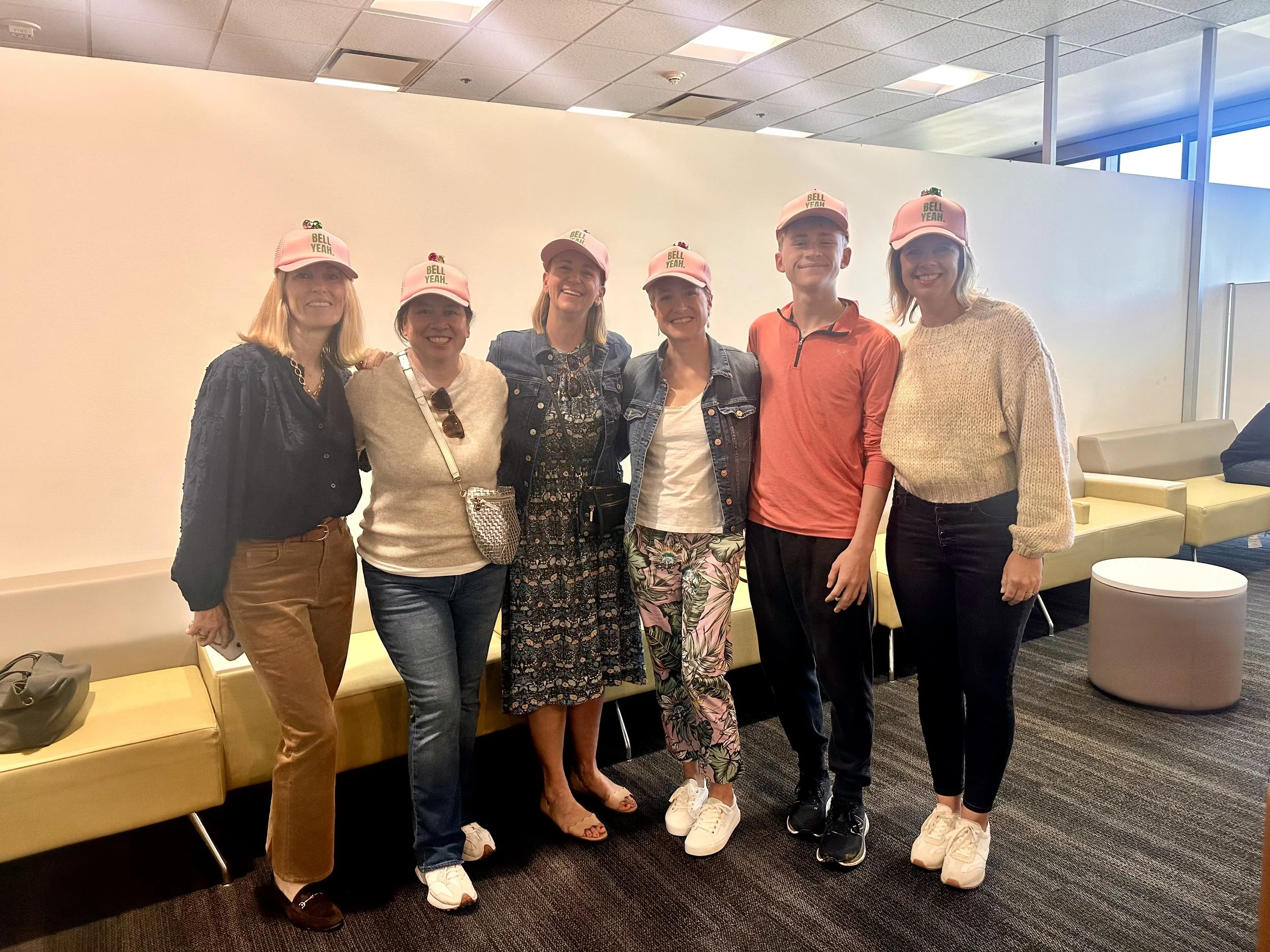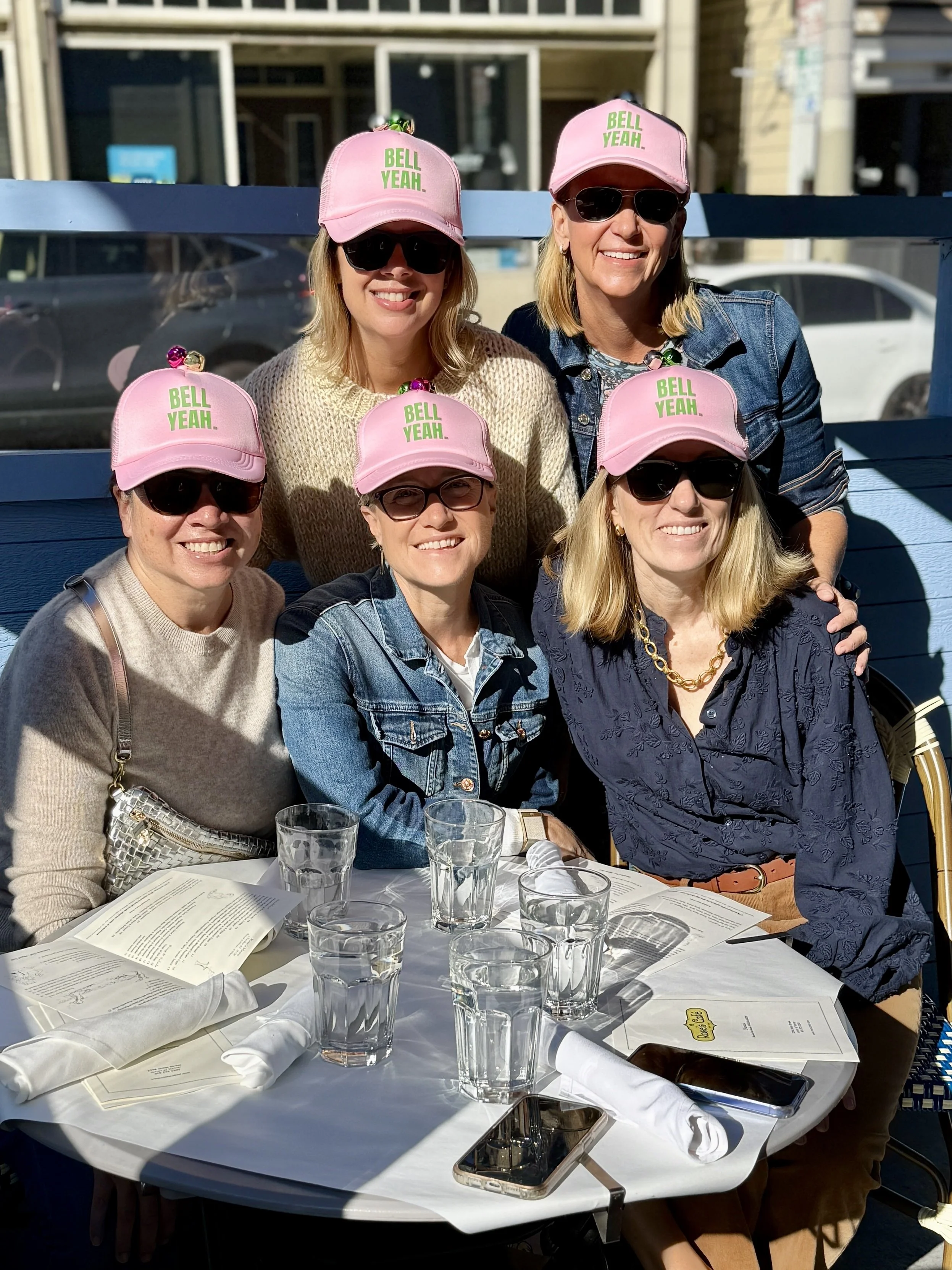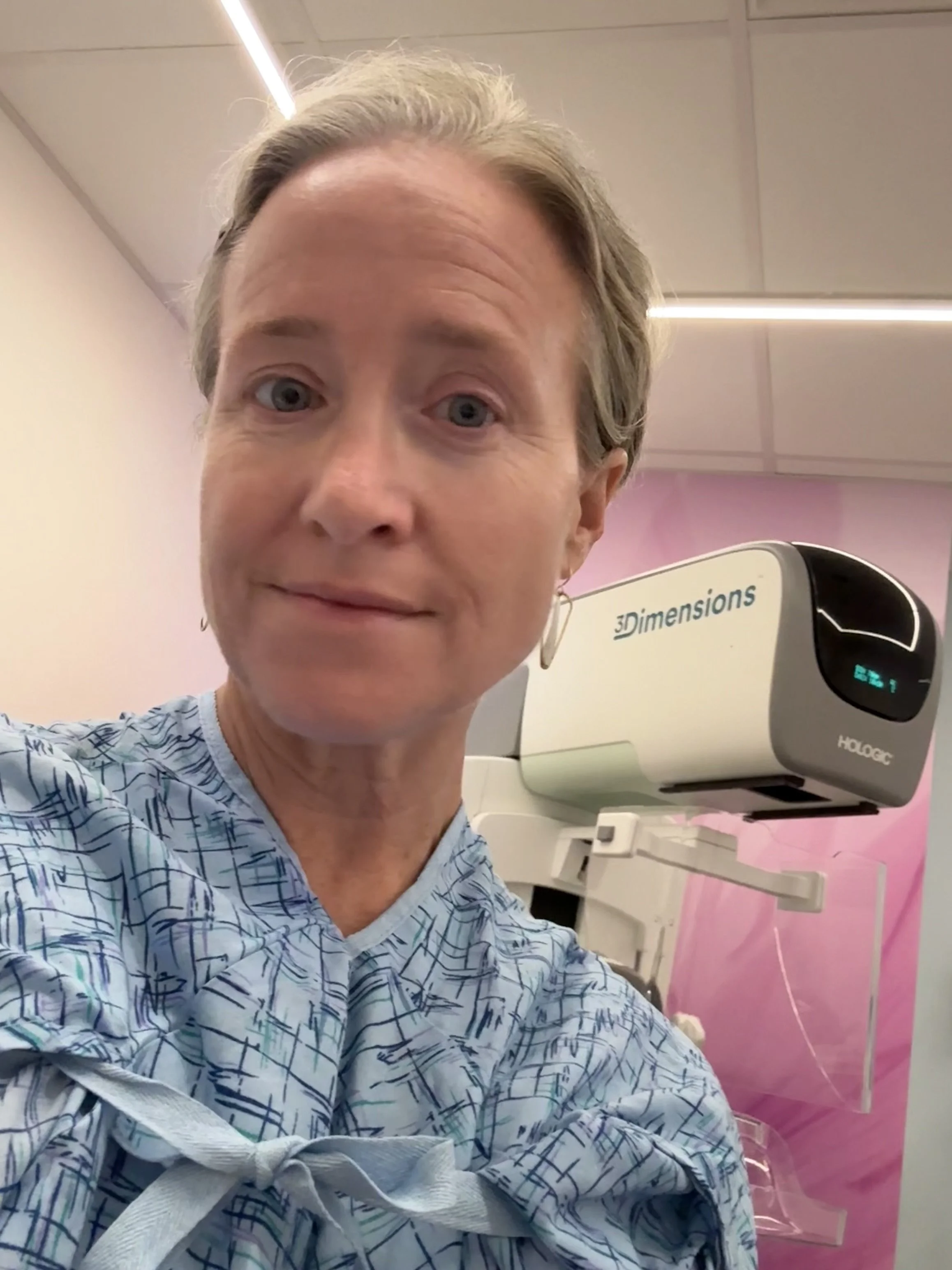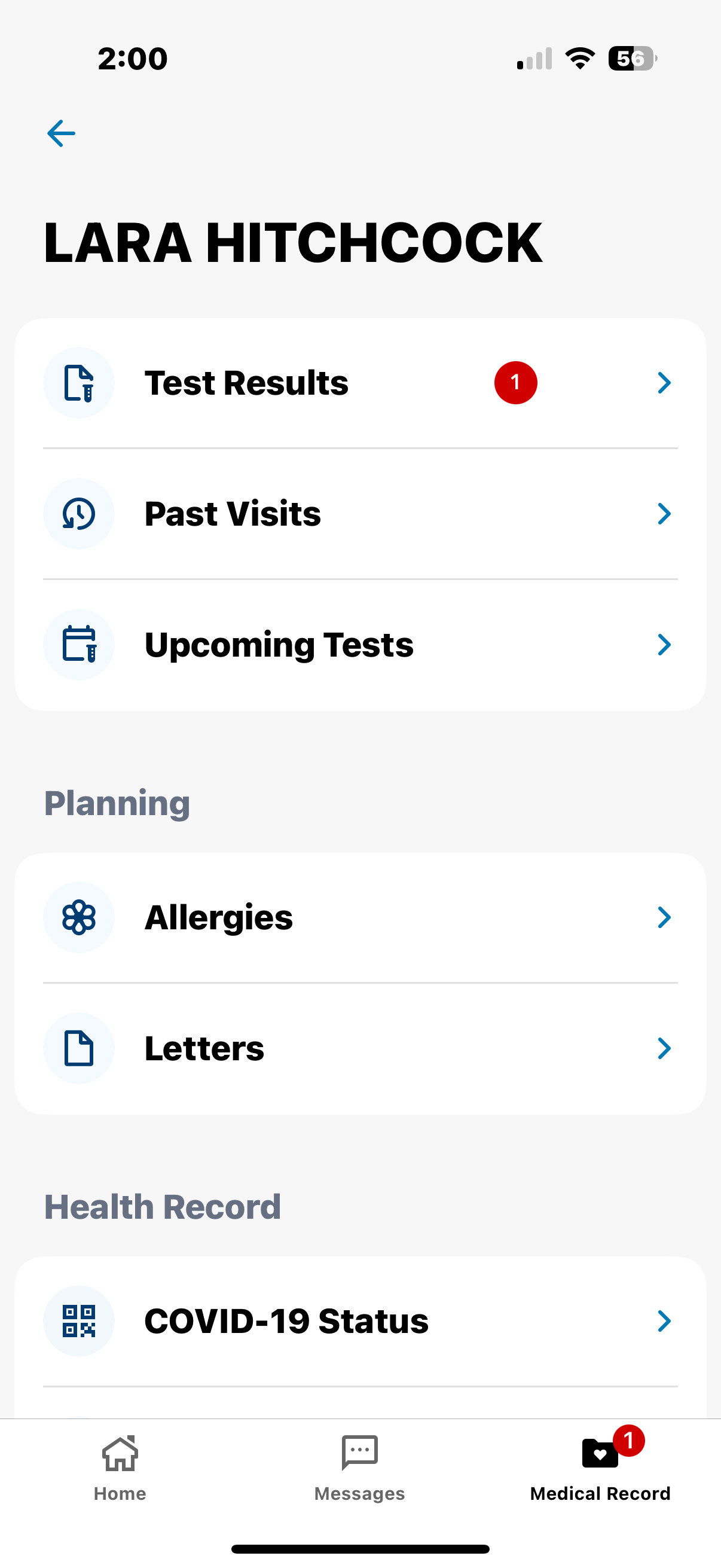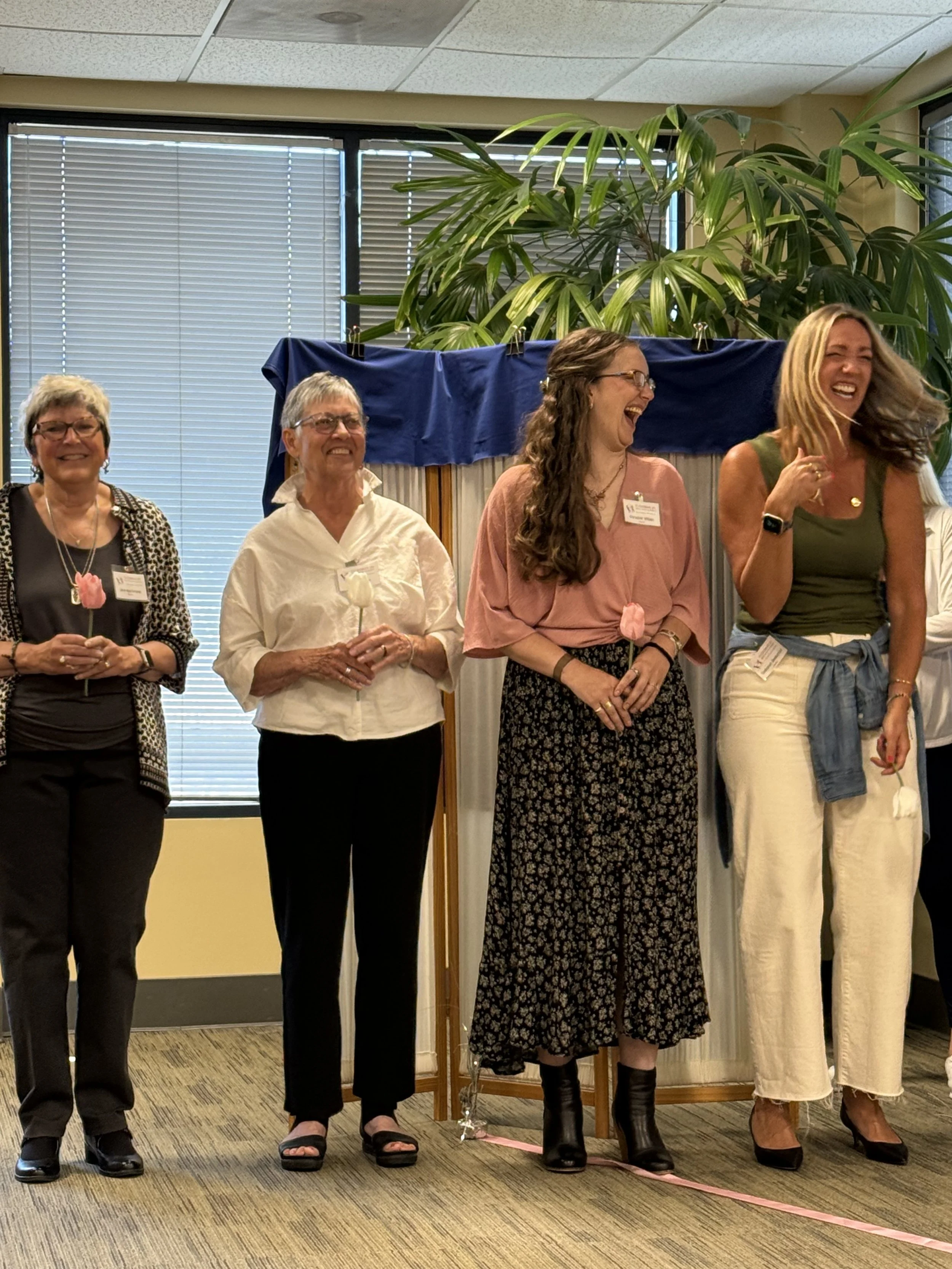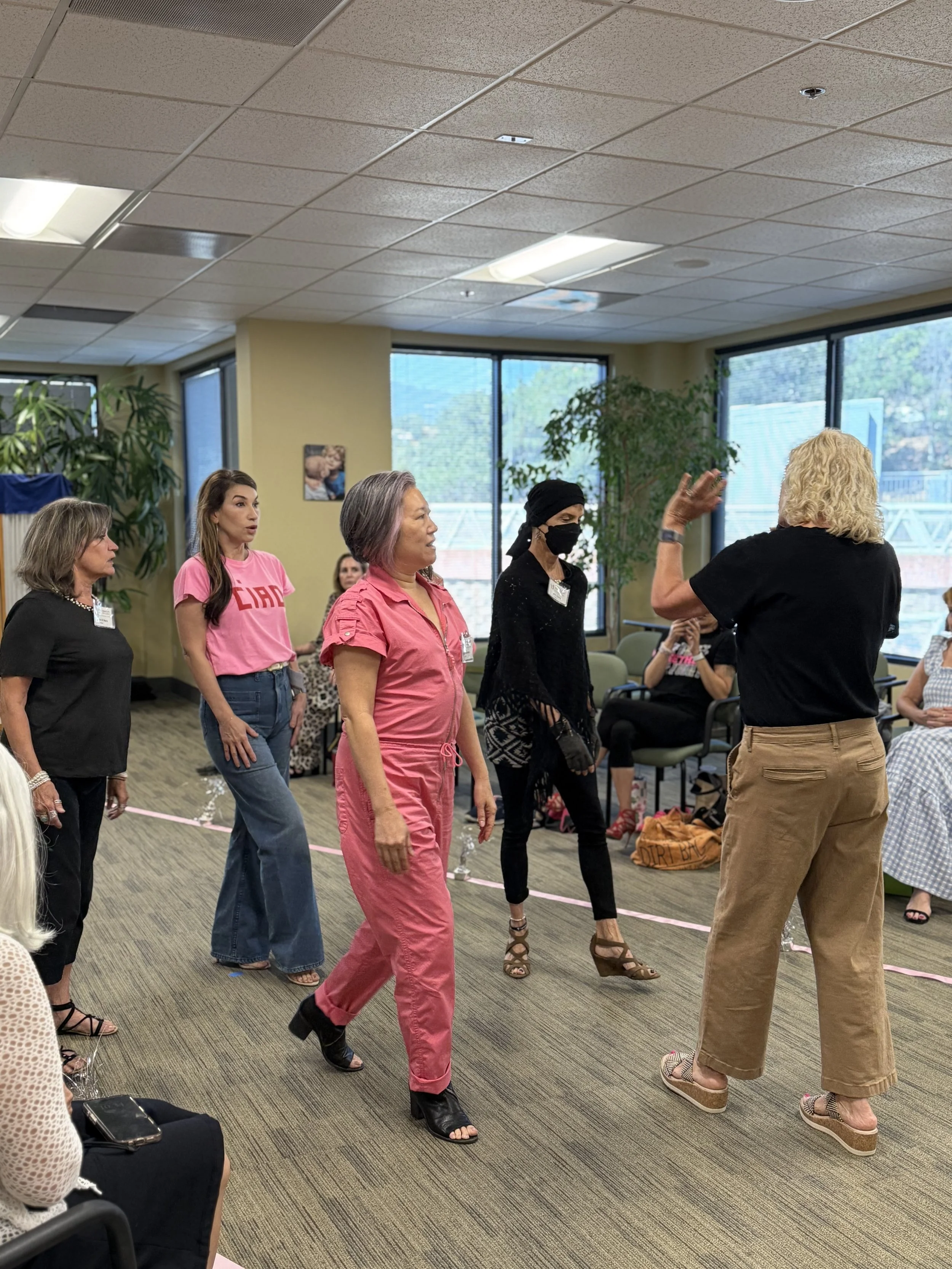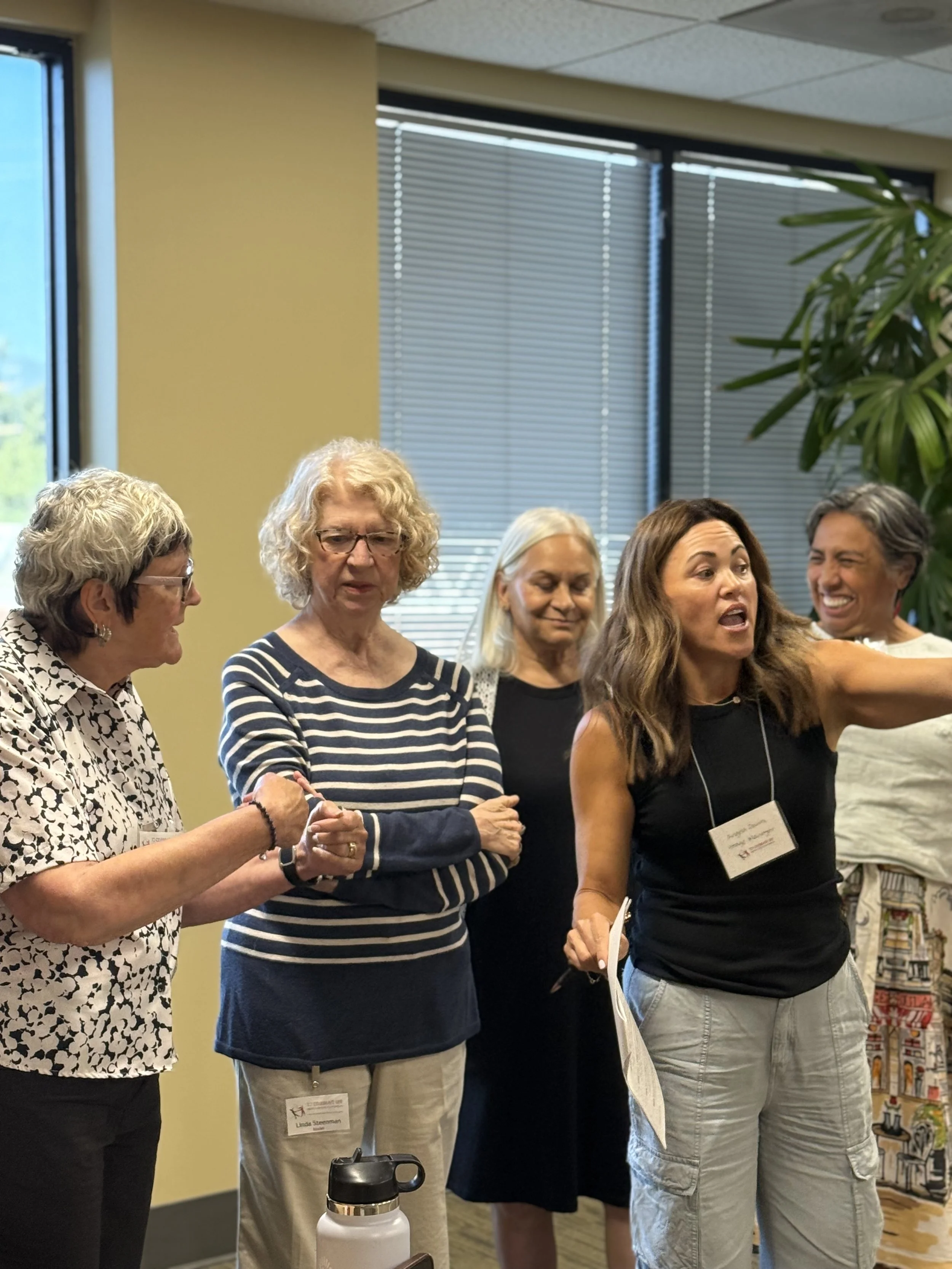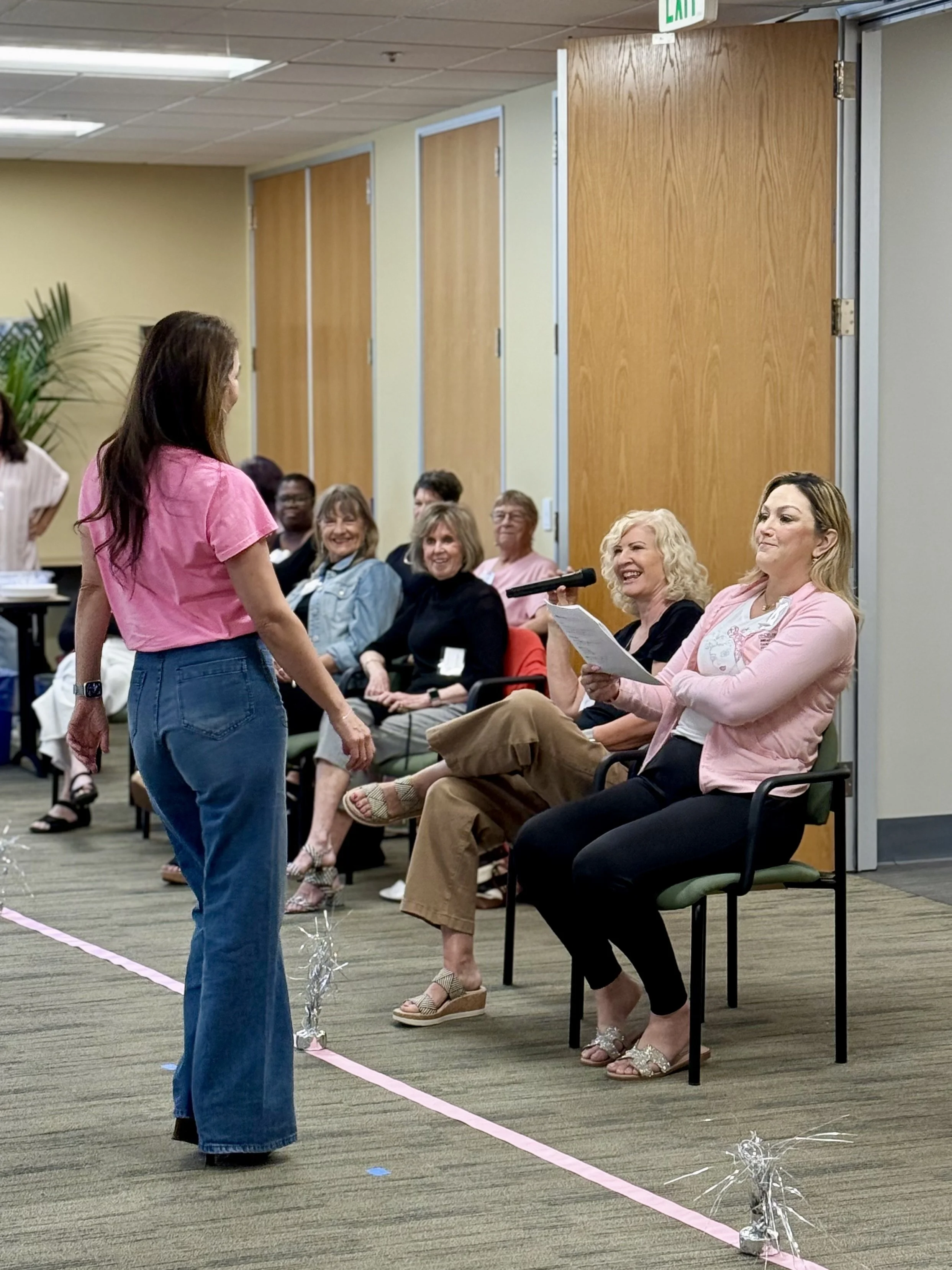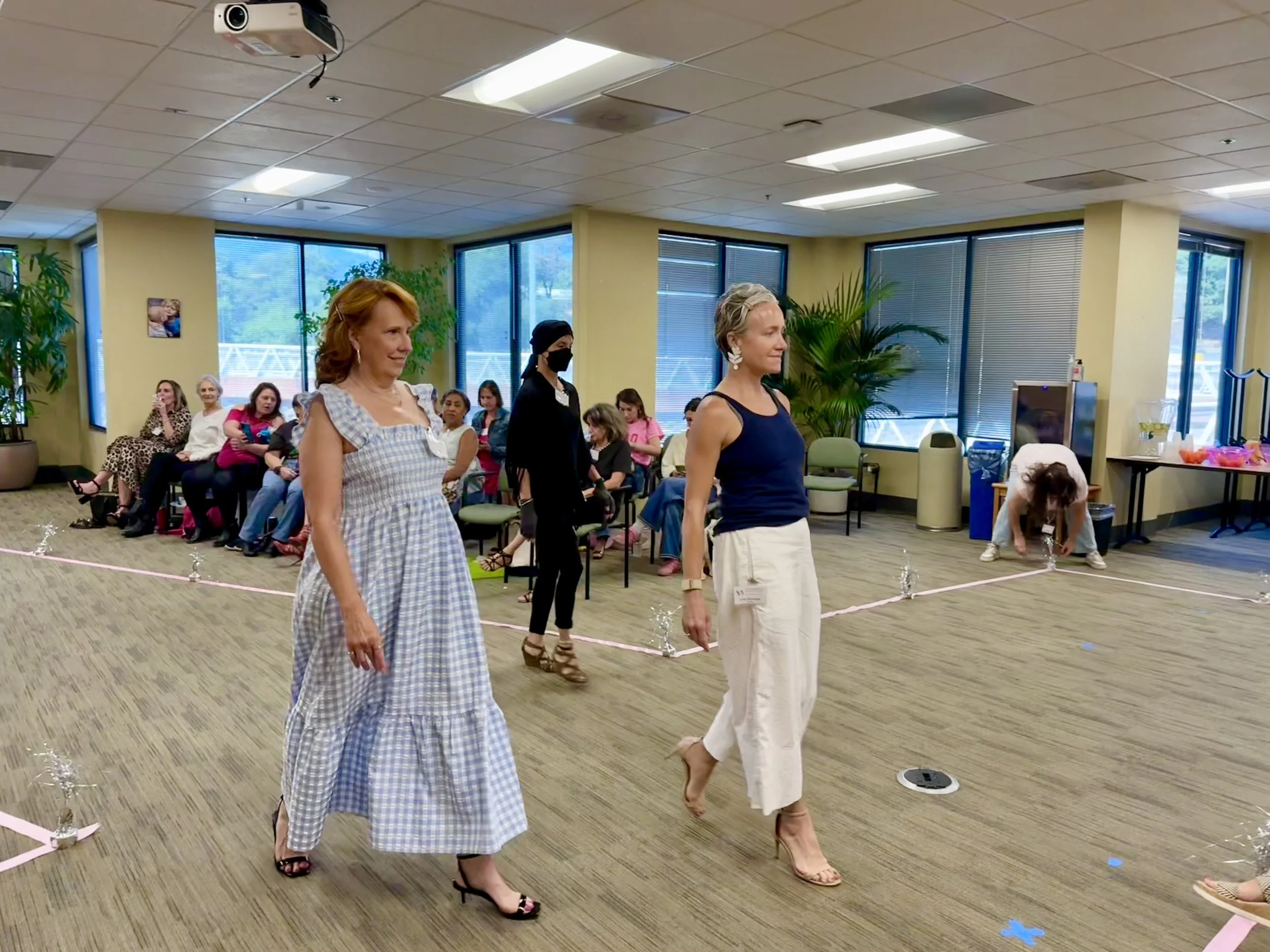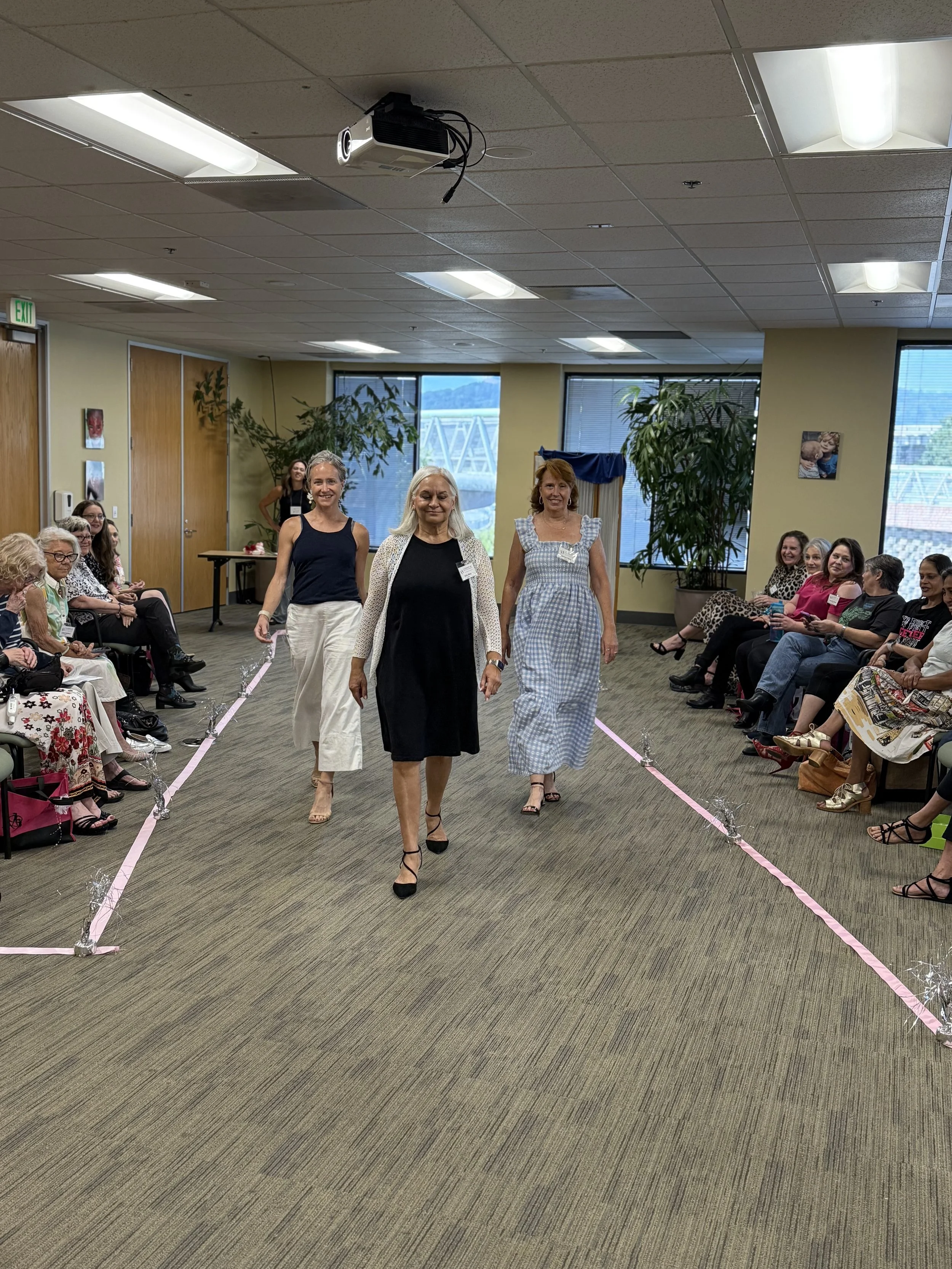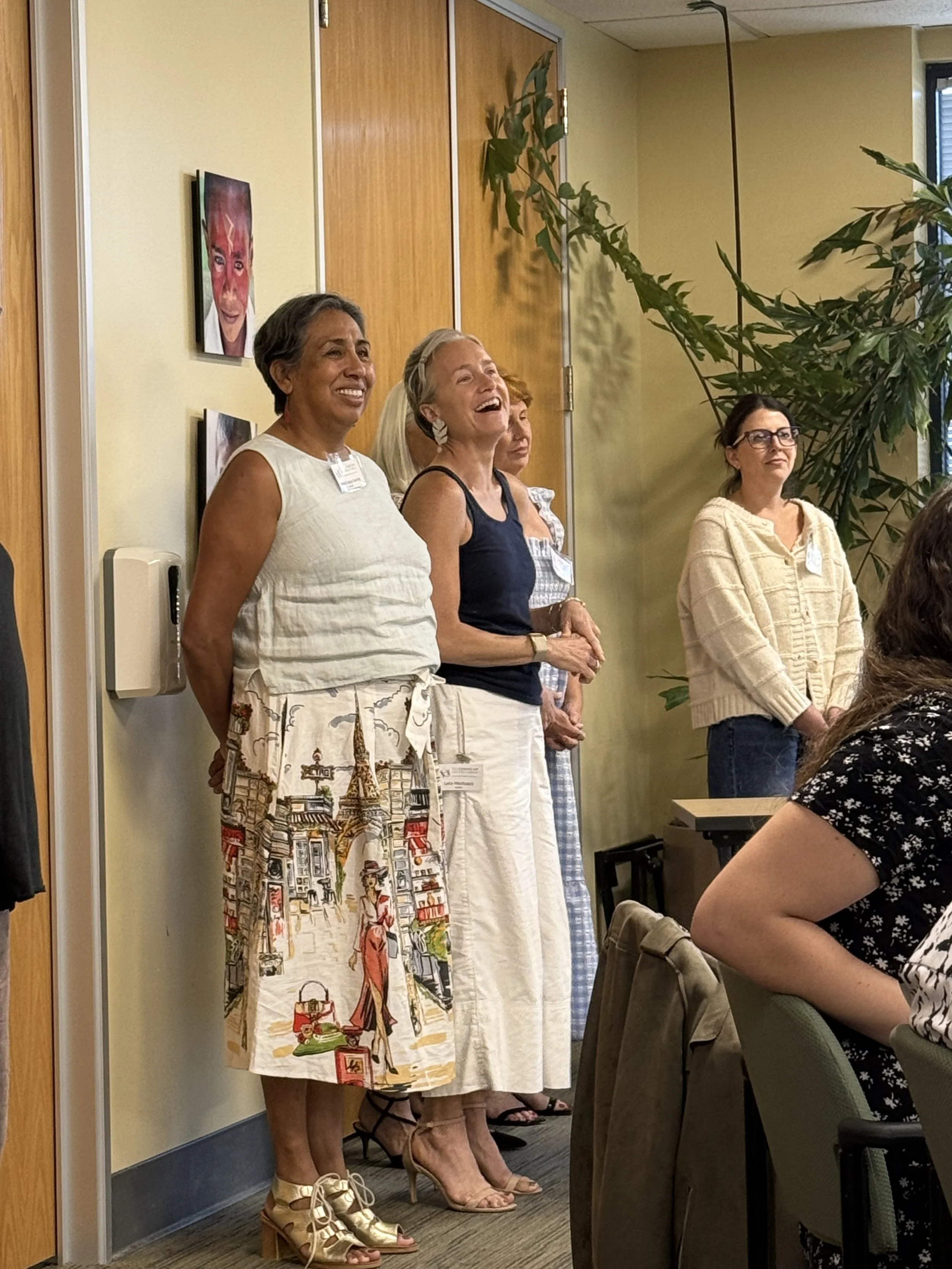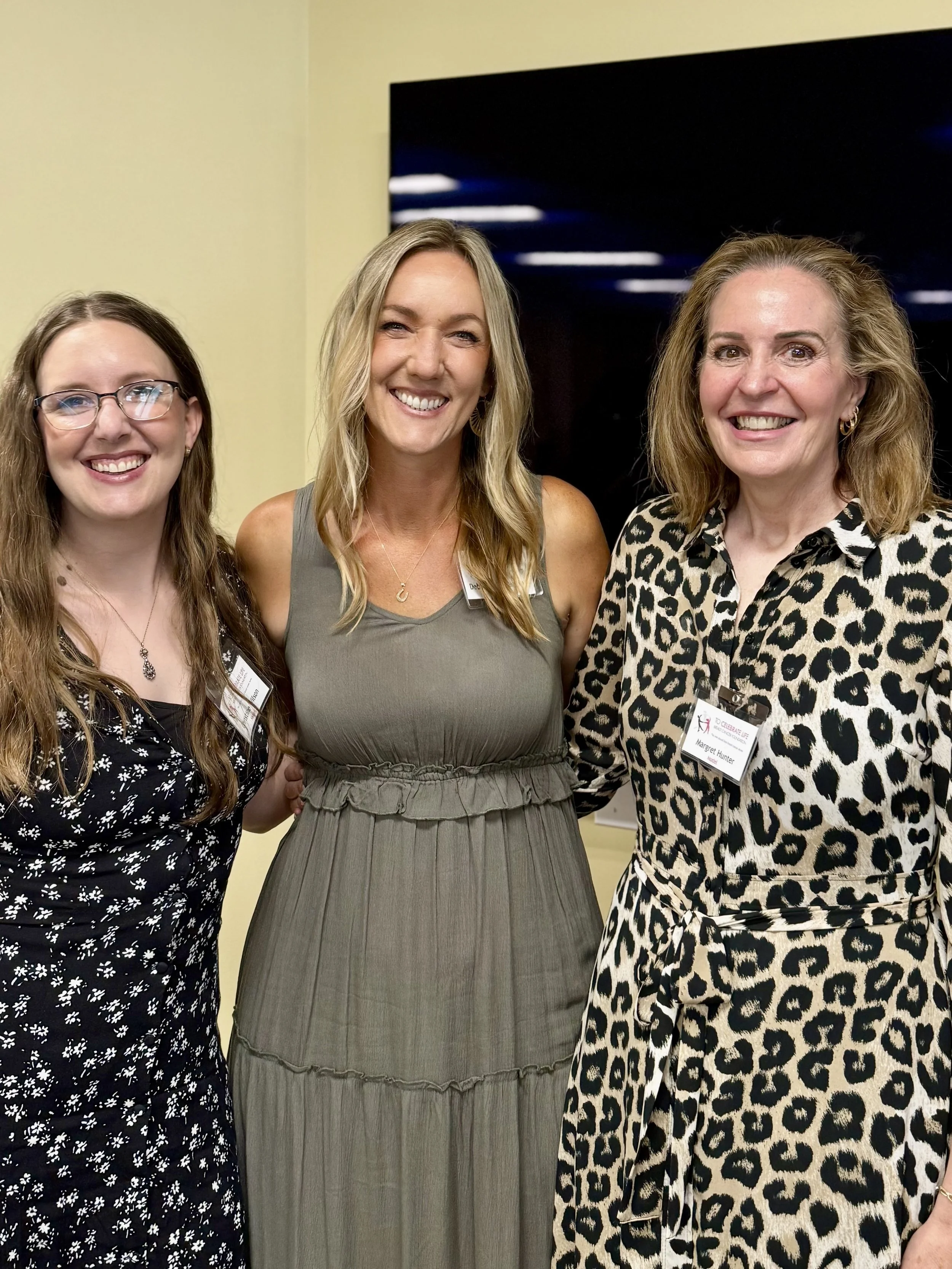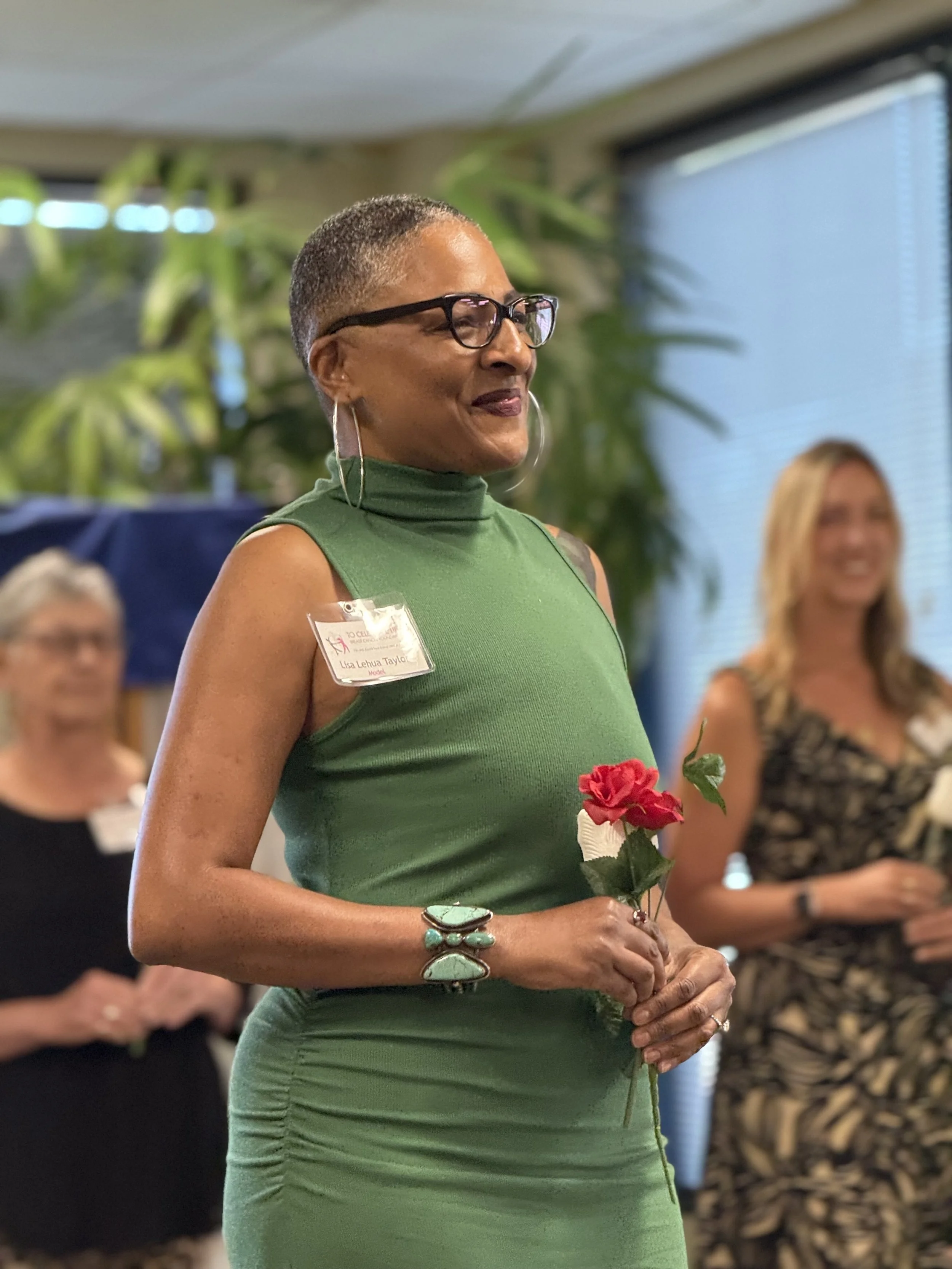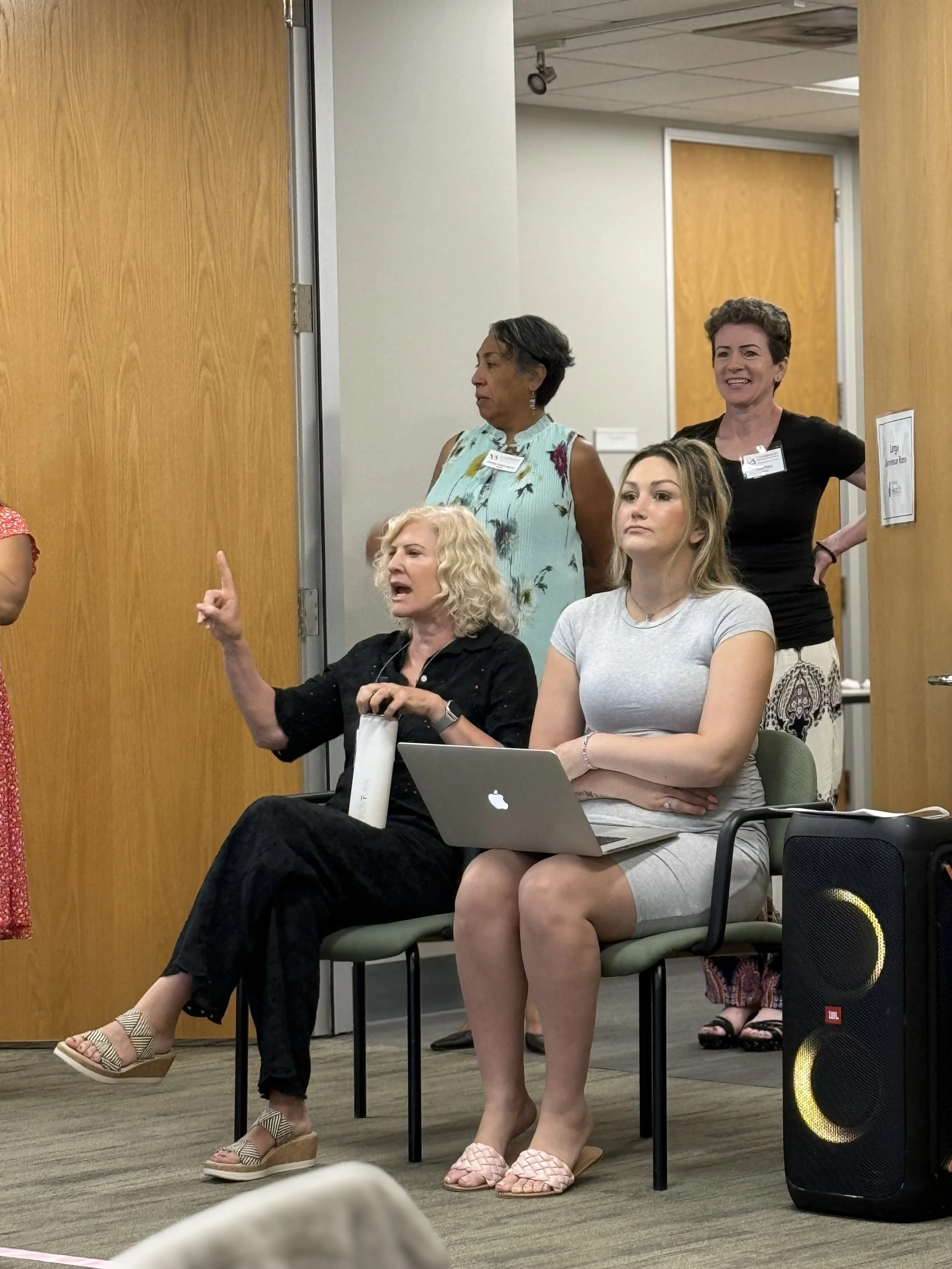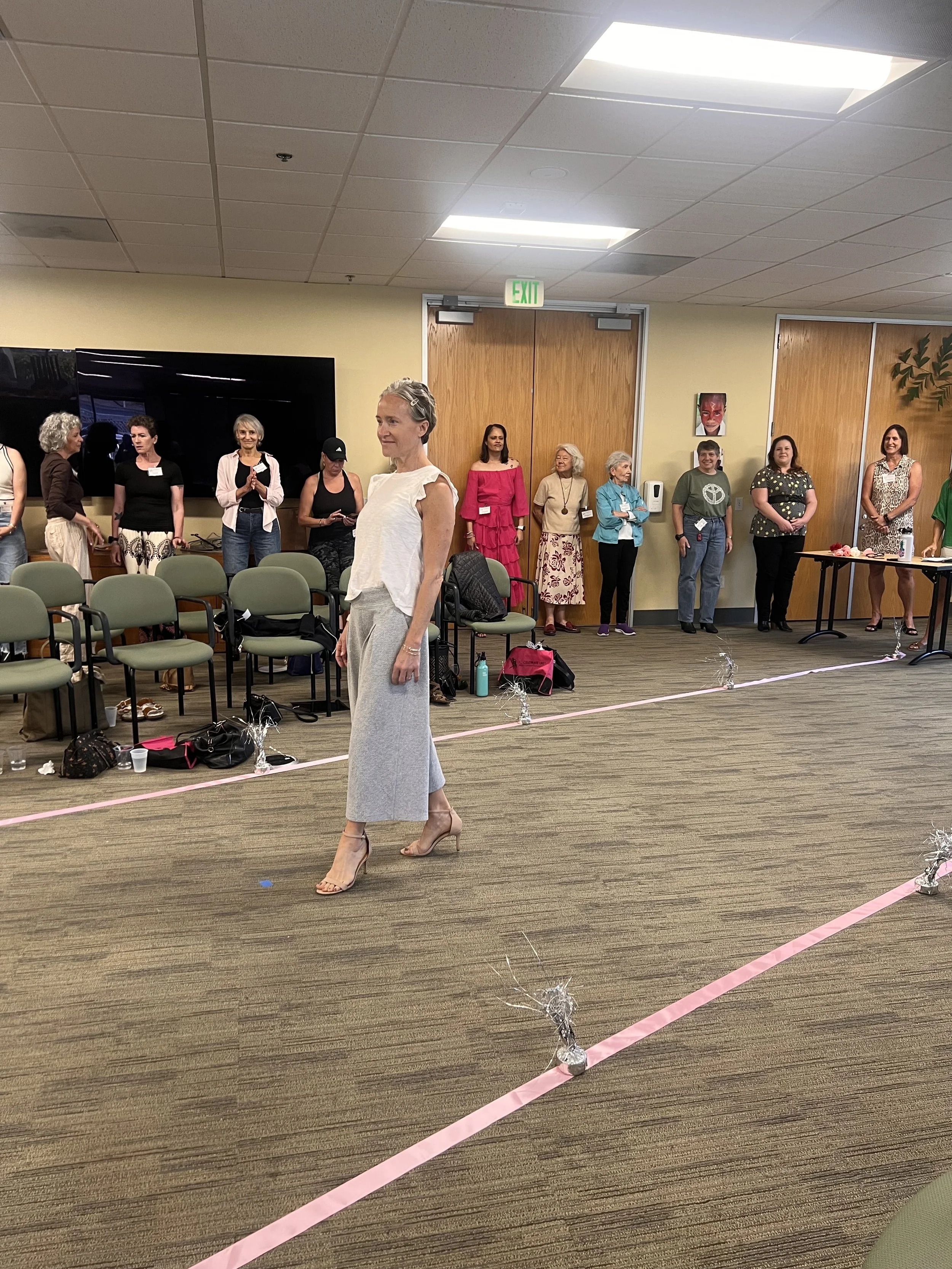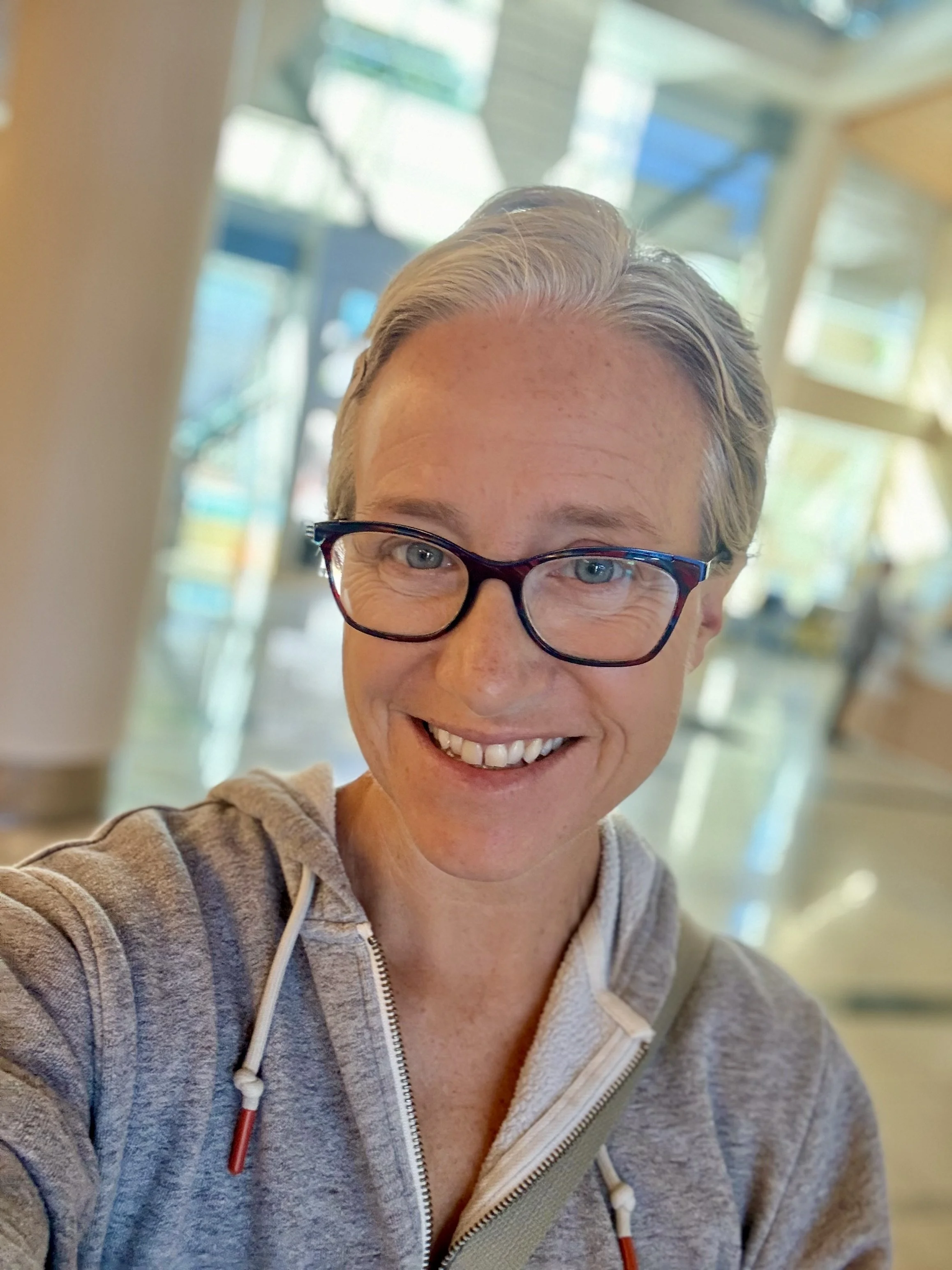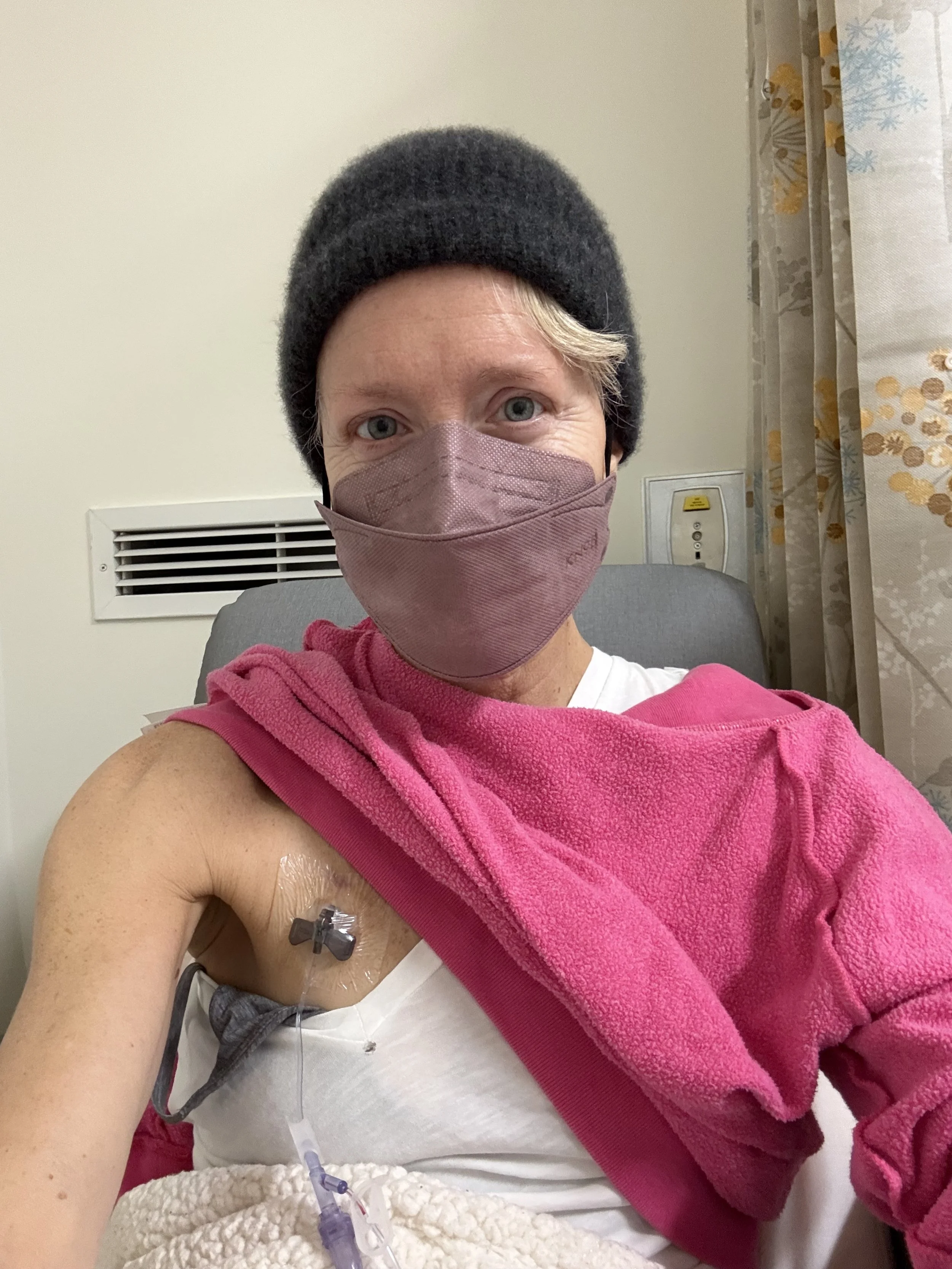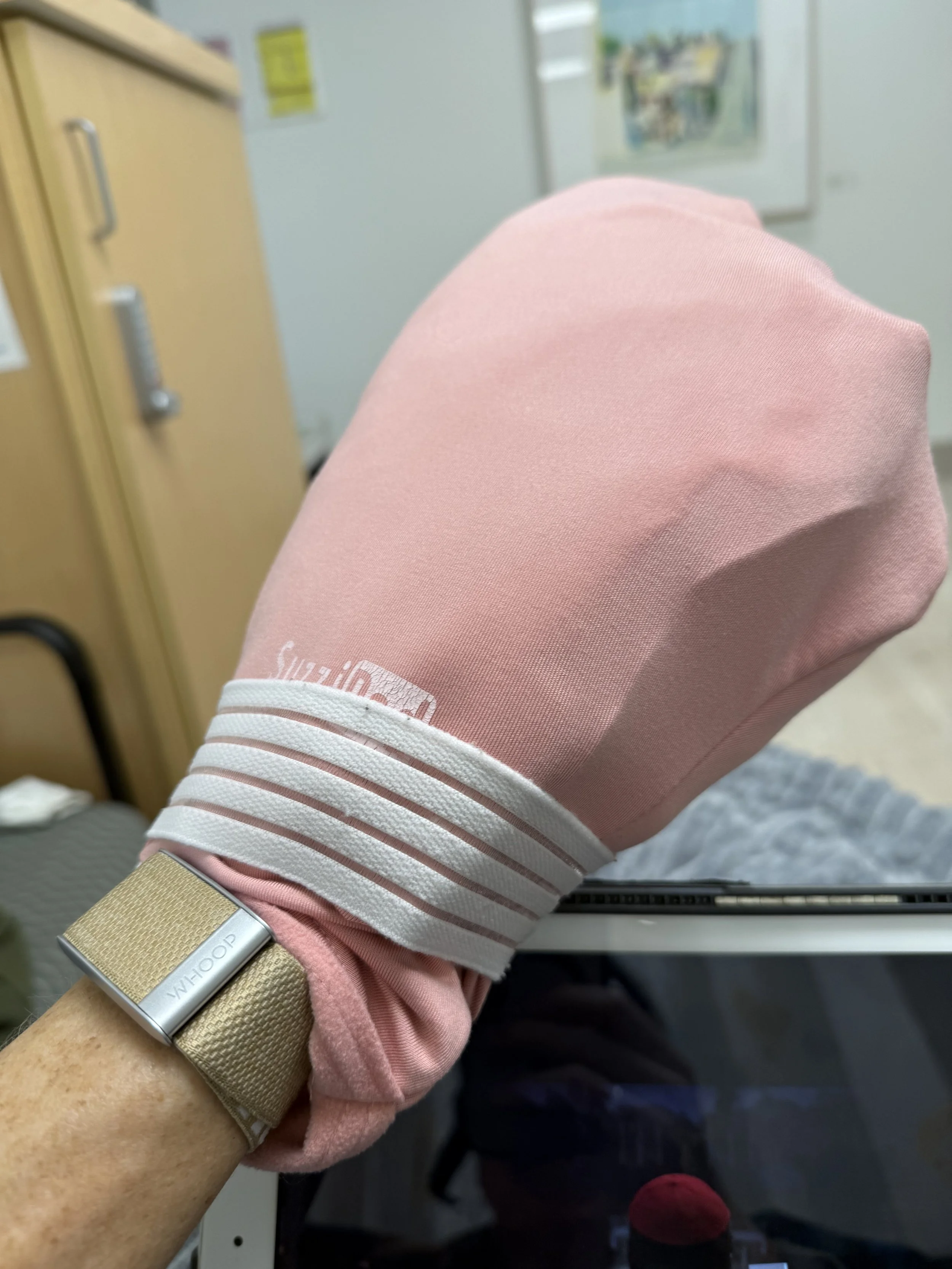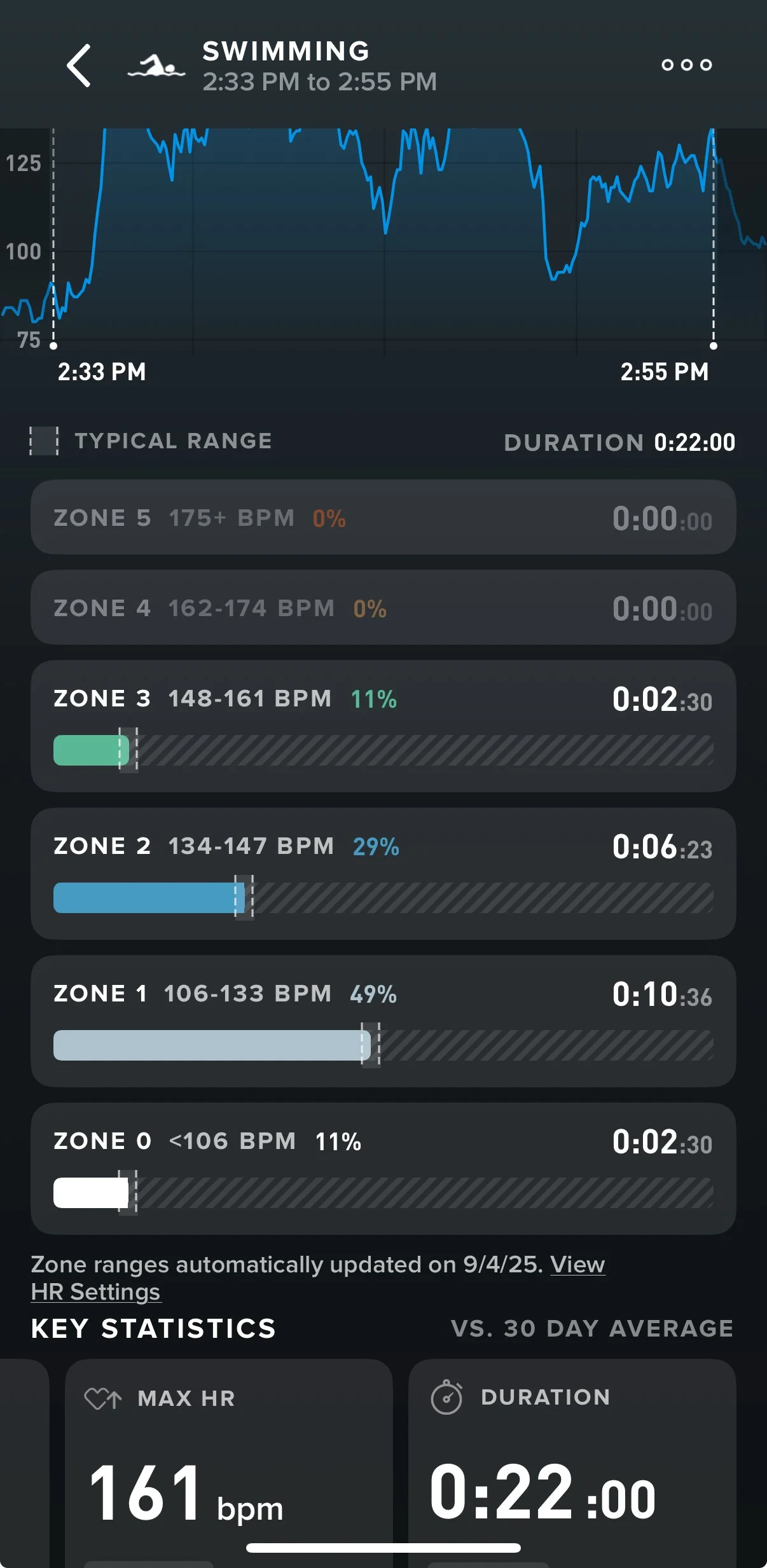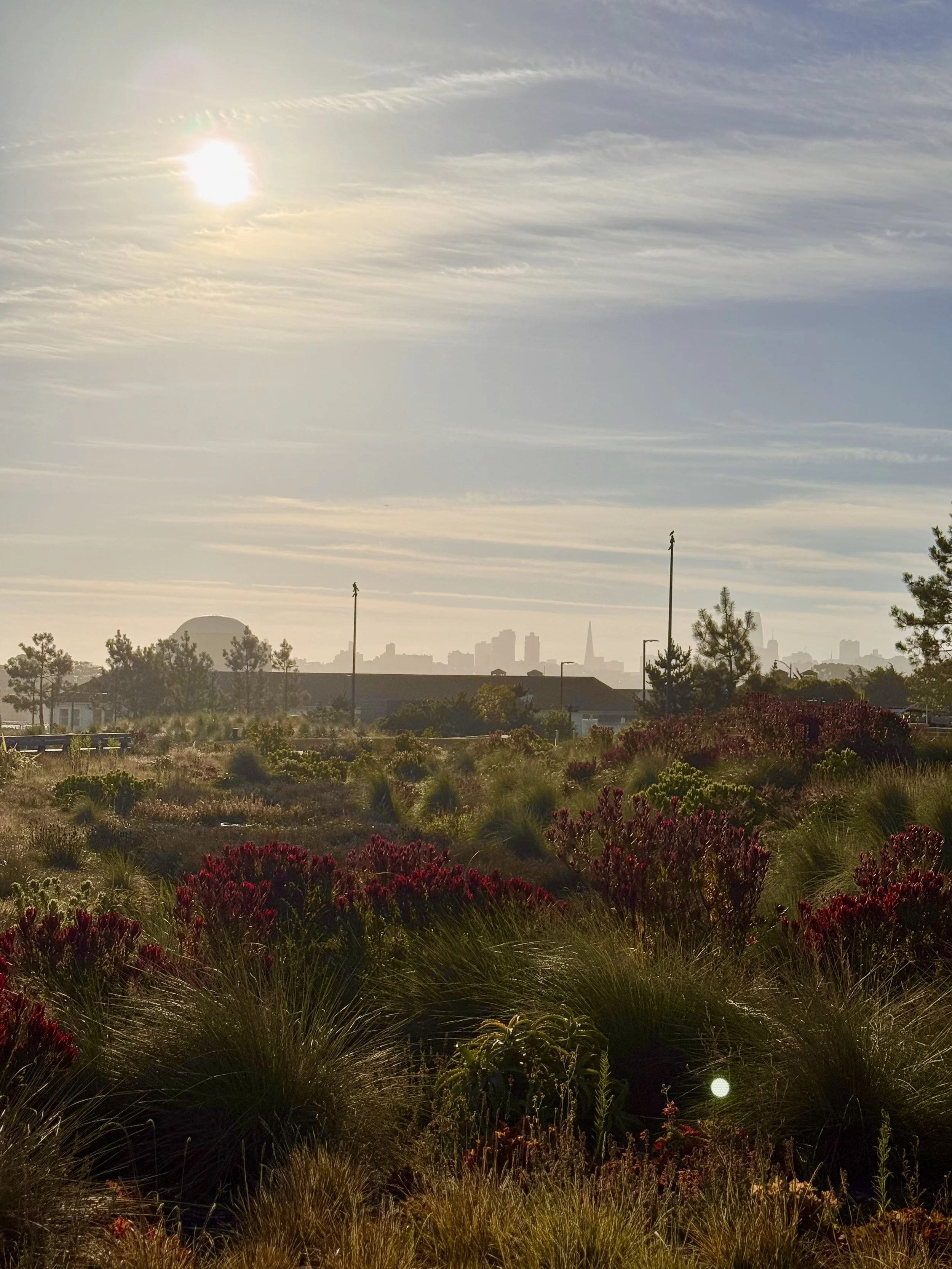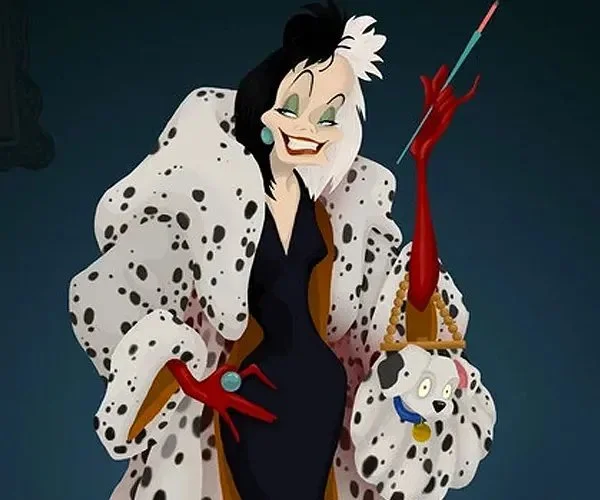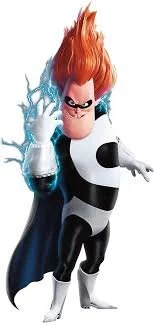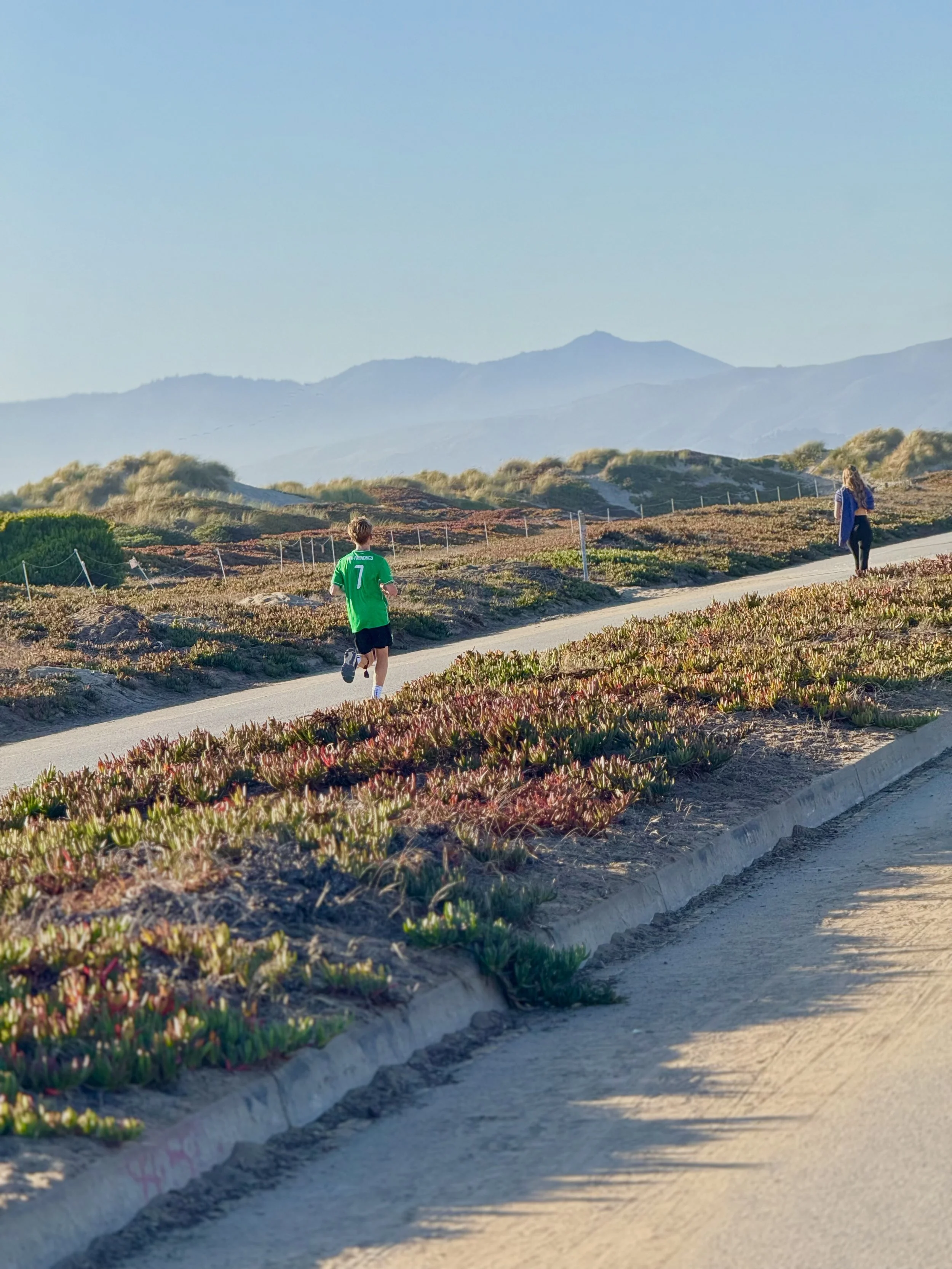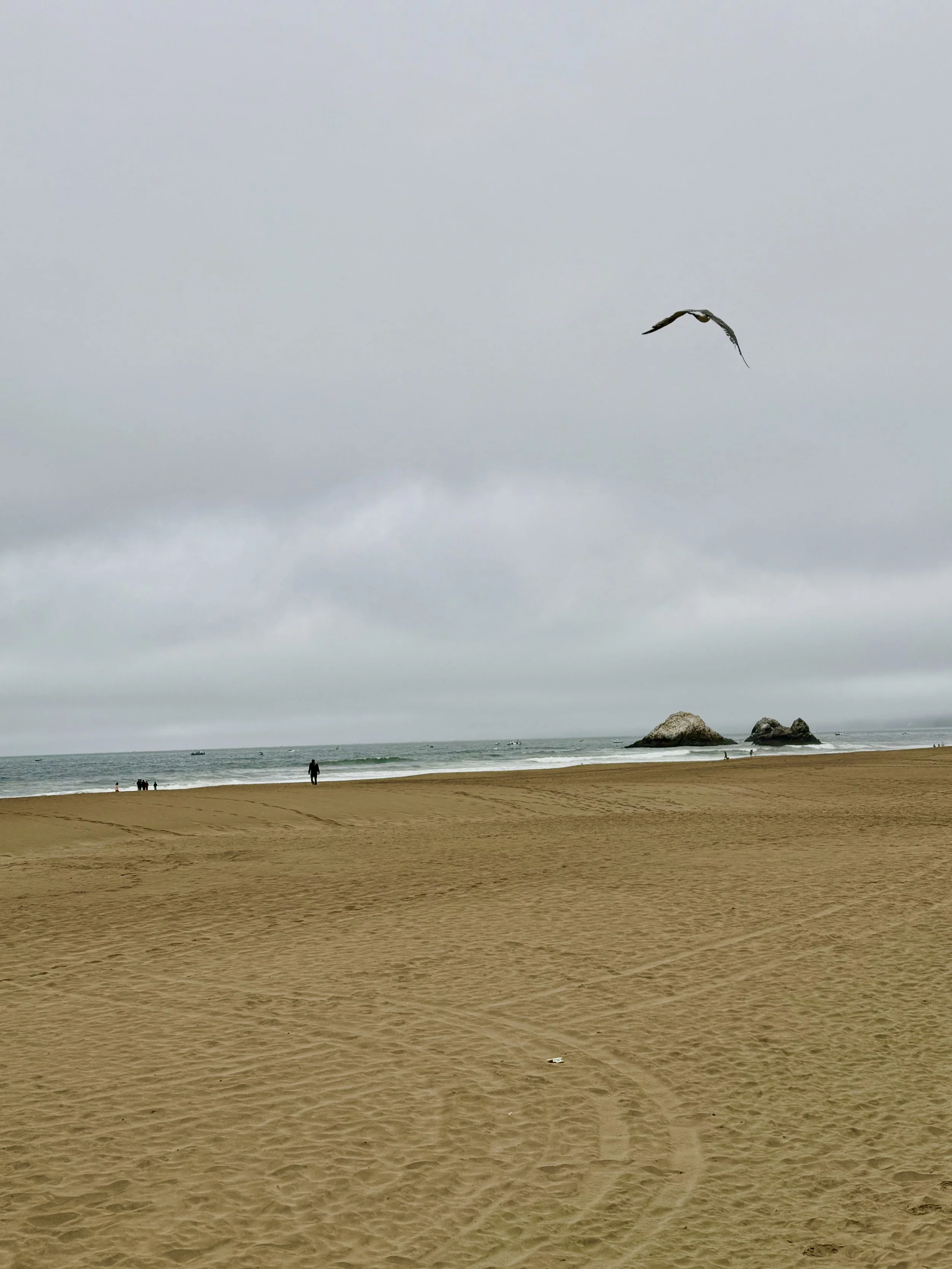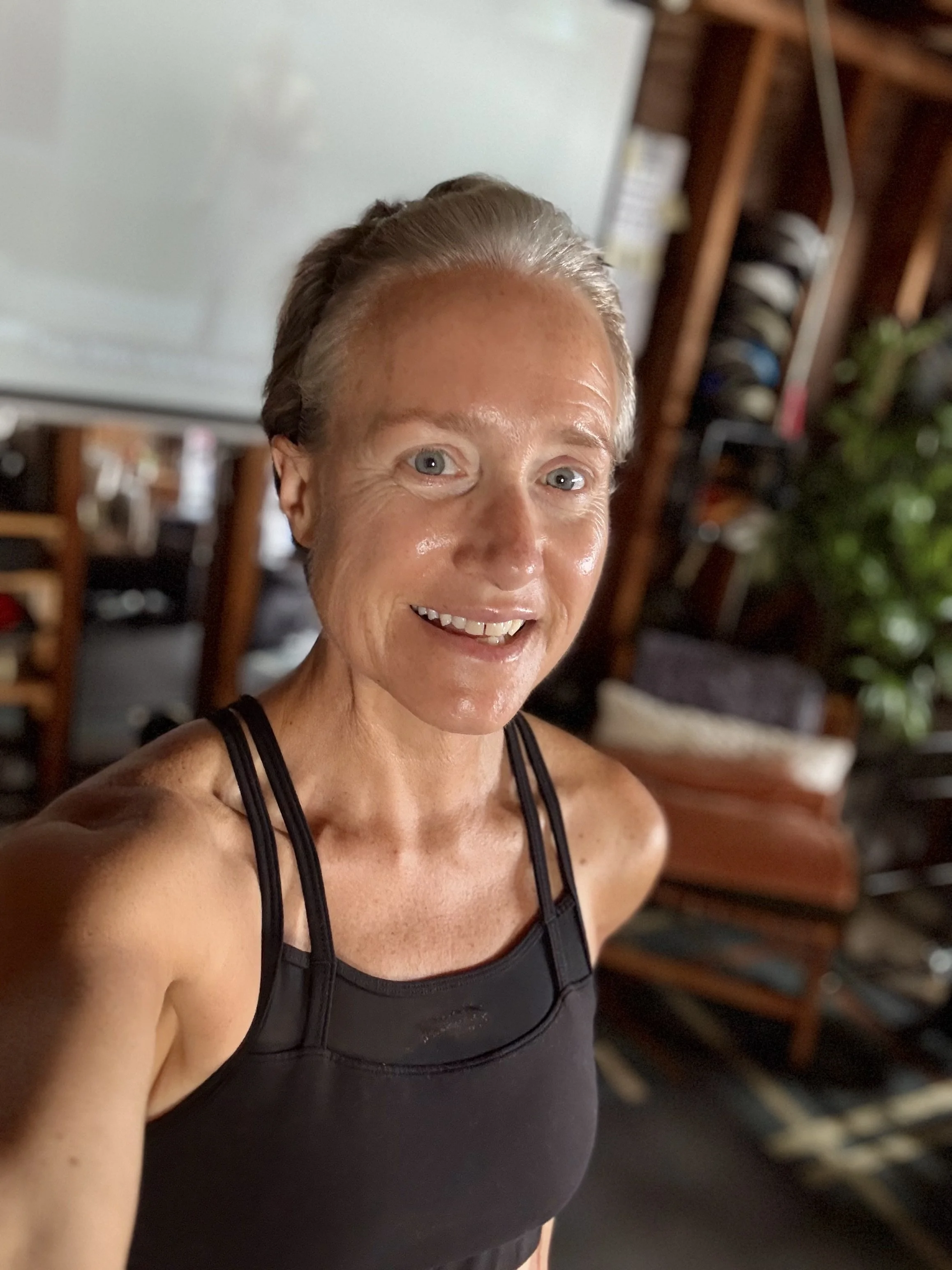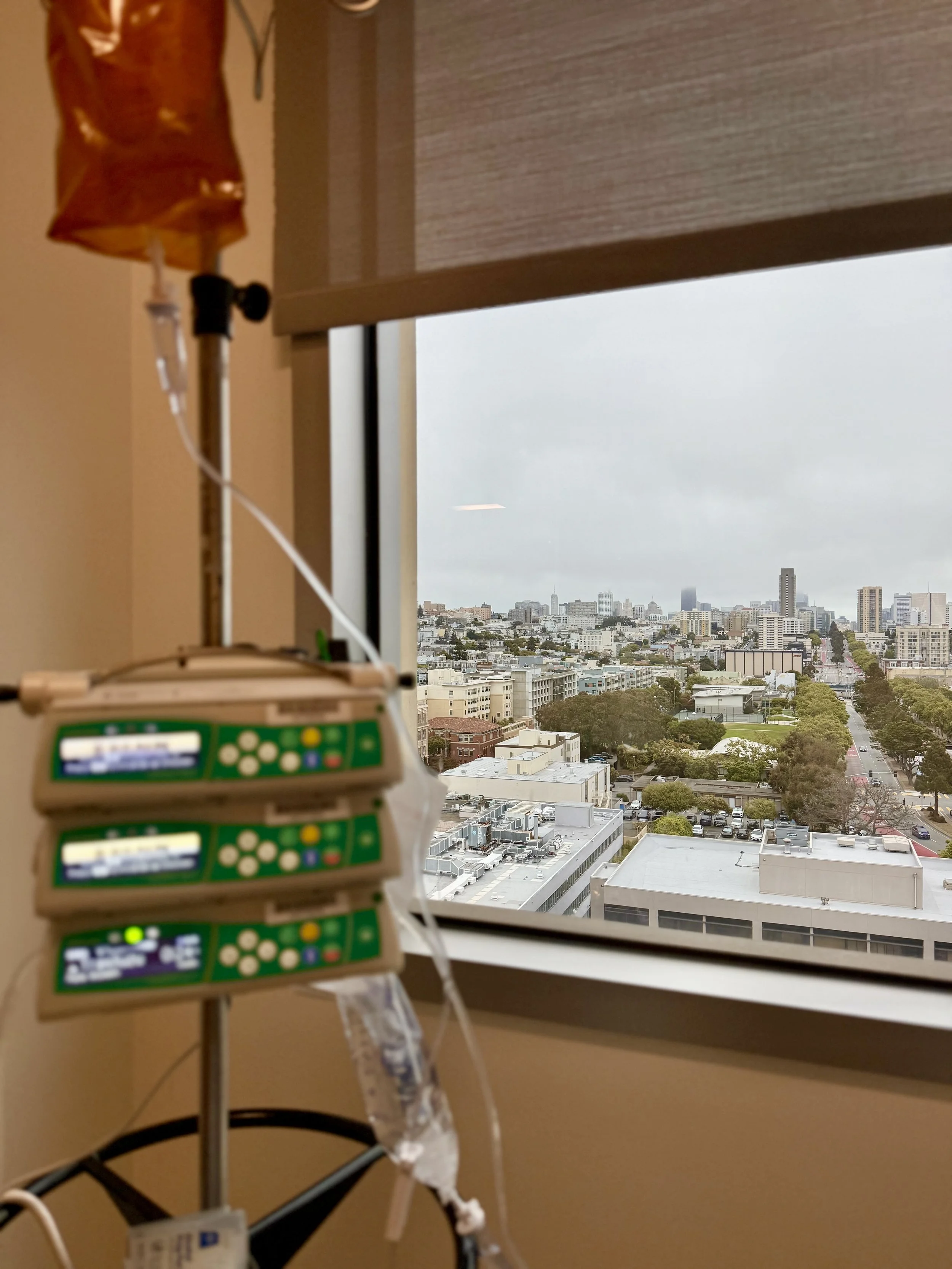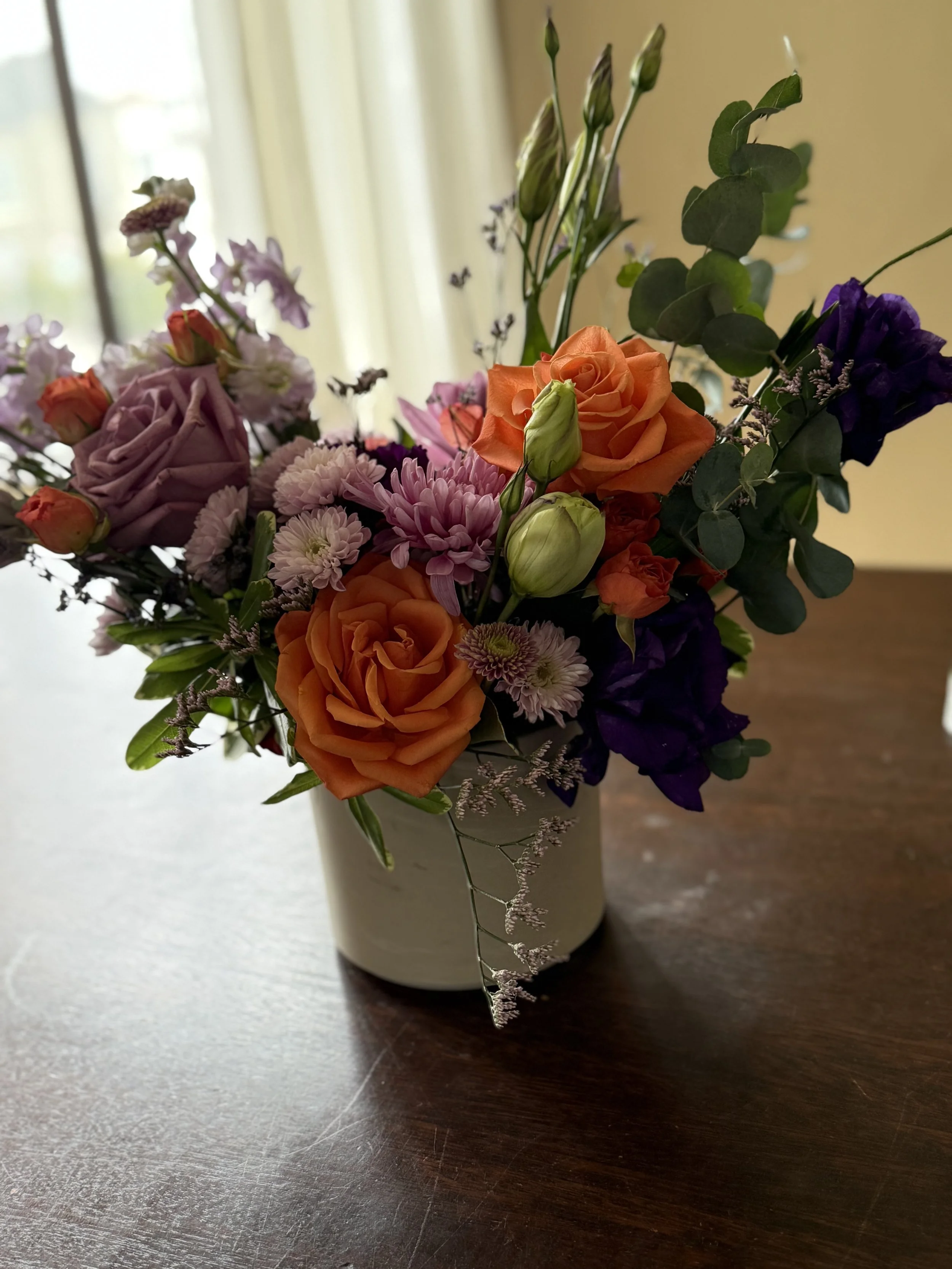I just had another conversation with a friend planning her mastectomy. It’s wild to think that in the five months since my own surgery, I already know four friends or acquaintances who will soon go through this as well.
The first thing I’ll say is- you’ve got this. It’s hard, physically and emotionally, but you can do it. You truly just take it one step at a time, and then it’s over before you know it.
Depending upon your situation, you may have more or less time to prepare. Because I had neoadjuvent chemotherapy, I had a lot of time to think about my surgical options (too much time, frankly; I worried about it before it was practical to do so).
I ended up having a single mastectomy with a tissue expander inserted, and then three months later, an “exchange” surgery to remove the tissue expander and insert the implant. I’m five weeks out from that second surgery now- feeling great- very active (running, jumping, but no pushups yet).
The surgical plan you have will be tailored to your specific situation or treatment. I’m sharing my own experience here, along with the resources I found helpful. And thanks to a conversation with a friend, I’m doing so in chronological order of the weeks leading up to the surgery(ies) for ease of planning. You can adjust the timeline as needed, or compress if you have less time.
———
Two Months Before Surgery
Schedule Dental Work: if you’re due for a cleaning near the time of your mastectomy, it’s recommended to push this forward or back. Even a regular cleaning can disturb bacteria and increase chance of surgical infections. As soon as I had a ballpark date for my mastectomy, I scheduled a cleaning for six weeks prior.
Arrange for Help: I knew I’d need physical help and emotional support right before and after my surgery. My sisters and my mom took turns coming to stay with me, and covered nearly two weeks of support. I’d say the minimum is having someone with you from the day of your mastectomy through the next 3-5 days. I had a single mastectomy, which means I could still use one arm, and it was my dominant hand. I could do a few basic things. But if that were reversed or if I had a double mastectomy, that would have been even harder, making a helper even more important.
Discuss Plans With Oncology Surgeon & Plastic Surgeon: this is probably a no-brainer, but these doctors are there for you; they should provide your options and perhaps recommendations, and together you will come up with the best plan for you. Despite this, I remember experiencing a very low point when I felt so discouraged- choosing between “no good options.” At the urging of a mentor, and because I had so much time, I shelved the decision-making until the procedure was closer (after I completed chemo). When I resumed thinking about it, I ultimately chose to go single (v double mastectomy) and silicone (v saline implant) and not touch/augment the other breast. My rationale was that I was making the best decision for me for NOW. I could always later make a new best decision if needed. (Breast cancer does not “spread” to the other breast- if I were to get cancer on the right side, it would be a new primary cancer, and that would be a new decision to make.)
To get to this plan, I asked a LOT of questions. (So many that when I woke from my second surgery, my surgeon reported to my husband that I was doing great and “already her asking questions.”) I also talked with a number of women who had been through this process- there’s nothing more helpful that hearing someone’s personal experience. See far below for some of the questions I discussed with my doctors.
One Month Before Surgery
Be Done with Dental Work (see above).
Discuss Supplements: my breast care team had a nurse navigator and doctor who spoke with me in advance about supplements I was taking, and which to avoid for the week prior and after surgery. Things I paused included tumeric, vitamin C, magnesium, protein powder, and my AG1 greens drink. I resumed them all a week after my surgeries.
Determine Implant Type (if applicable): since I decided to use an implant I needed to confirm my choice of silicone or saline. Some people are able to/choose to use their own body’s fat to reconstruct the breast, and some choose to not reconstruct and remain “flat.” I knew my first choice was implant and my backup plan was flat. That said, a week prior to surgery I saw my plastic surgeon and changed my mind; I ultimately ended up with a saline implant and i’m very happy with my choice. There are pros and cons to each of these options, as you’ll learn. It’s a personal choice.
Order Medical Chair (optional): in retrospect this may have been overkill but I’m still glad I did it- I rented a post-surgery recliner that also pushed forward to assist with standing. The first few days of sitting down and standing up can be scary and painful, and this really helped. I also slept in the chair (fully reclined flat) for a few weeks at night so that I had my own space and couldn’t be bumped) many people choose to get a foam wedge pillow instead of this chair to provide the same assist function.
3 Weeks Before Surgery
Order Supplies: there are just a few things I found incredibly helpful:
Camisole or surgical bra: ask your surgeon what they want you wearing immediately post surgery. Mine prescribed a camisole like this- sized up so as to support but not constrict. I wore this for 3 weeks (until drains came out). Therefore I bought two so one could always be in the wash. (camisole https://a.co/d/aiJO5fo )
Front closure sports bra: after the drains come out, you will be thrilled to be rid of that camisole (or whatever they have you in). You’ll need something supportive and that snaps in front. Over the head is out of the question- your arms may still be functioning like a T-Rex. (Bra https://www.anaono.com/products/rora-pocketed-front-closure-bra)
Drain belt: this was a life saver for showers! I’d still need someone standing outside the shower to assist handing me things, but the drain(s) were secure and I wasn’t worried about accidentally pulling them out. This is otherwise a real fear during the first two weeks. (Drain belt https://a.co/d/3Z7KDxZ )
Wedge pillow: I bought but didn’t use, since I had the recliner.
Easy to Wear Tops: Button down shirts or zip front items are your best friends for the next few weeks.
One Week Until Surgery
Prep Food: what do you eat that you can prepare in advance? My sister made a bunch of jarred salads that were very easy for me to access after she left. You won’t be able to reach up to shelves higher than your shoulder, initially. For me that meant moving some food, but also moving plates and bowls and cups.
Prep Your Area: I had a little station near my recliner with my notebook, chapstick, coaster for coffee, water bottle, phone charger, and a little bell/chime to call for help. I also setup a medication chart to track when I took pain meds. Lastly, you’ll need to clear your drains multiple times a day, so there was a space for those supplies and that tracker as well.
Mentality: Hope for the best, and know there may be setbacks. Your surgical team will do their best and you just keep taking the next step and making the next best decision. Pretty soon this will be in the rear mirror!
Day of Surgery
Follow all Instructions: your breast care team will give you instructions for cleaning/preparing your skin for surgery, as well as what not to eat before your procedure.
Prepare for Departure: I found the ride home from my surgery to be the most painful part of the entire process. Make sure you can take pain medication as close to leaving as possible, and make sure your driver knows to be gentle with turns and bumps.
Get Some Rest: when I returned home, I immediately went back to sleep for hours and then basically all night. I woke nearly every hour. However, the second night I slept ten hours straight and felt great by day three.
Three Months- Twelve Months Later
Exchange Surgery: since my procedure involved a tissue expander at the time of mastectomy, I had a “exchange procedure” three months later. I had mentally prepared for something similar to the mastectomy, but have been overjoyed to find that the exchange is much simpler. I was up and about the same day as the surgery and easily able to walk during that first week post procedure, with nearly zero pain. I am now five weeks out and have nearly full range of motion. For some, the tissue expander may remain for up to twelve months based upon other treatment factors. I’ll share that after a month or so, I got very used to the expander and almost didn’t notice it. Other than the feeling of having a Tupperware lid in your chest!
————
Questions for Plastic Surgeon
What are all my options for procedures and for reconstruction?
Can you clarify the timeline for each procedure?
What are the risks associated with each procedure?
How are regular check ups covered with implants? What scans are covered?
Am I a candidate for nipple sparing?
Am I a candidate for sensation sparing?
What happens if I gain back weight that I lost during chemo? What if my reconstruction is then imbalanced on one side?
What supplies do I need in advance of the mastectomy?
What considerations should I think about if I have radiation?
If I had a double mastectomy, is there a world where I would do one at a time or does everyone do them both at the same time?
Could I go straight to implant at the time of mastectomy or do I need to have a tissue expander and why if so?
Implants have a lifespan of 10 years, do you find that patient tend to keep the implant for 10 years or is it more or less?
Will I be able to resume all sports that I previously was able to do like running and jumping?
How specific is the sizing? (I was a small B, but I am now a larger A, how do you determine the final size to use?)
What complications might I run into during surgery and what choices might you then need to make? So I can make them now in advance.
Is there a way I can see example photos of each procedure?
